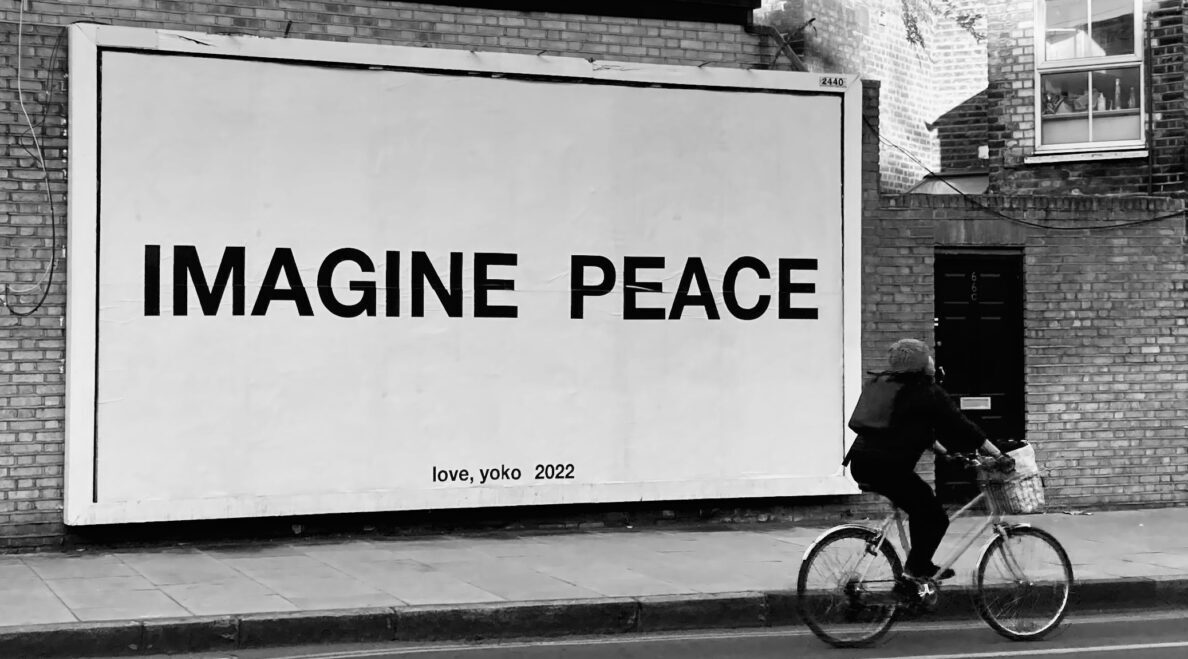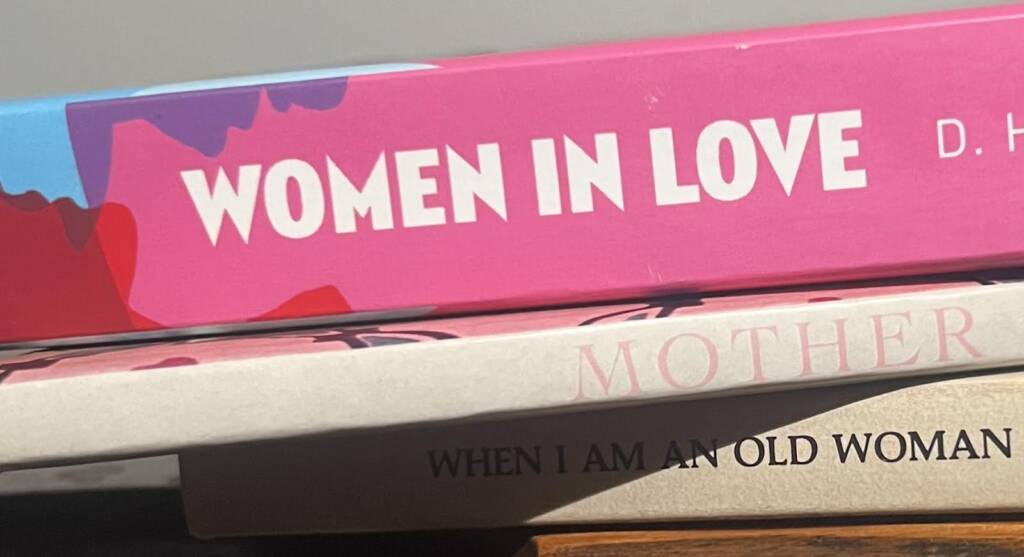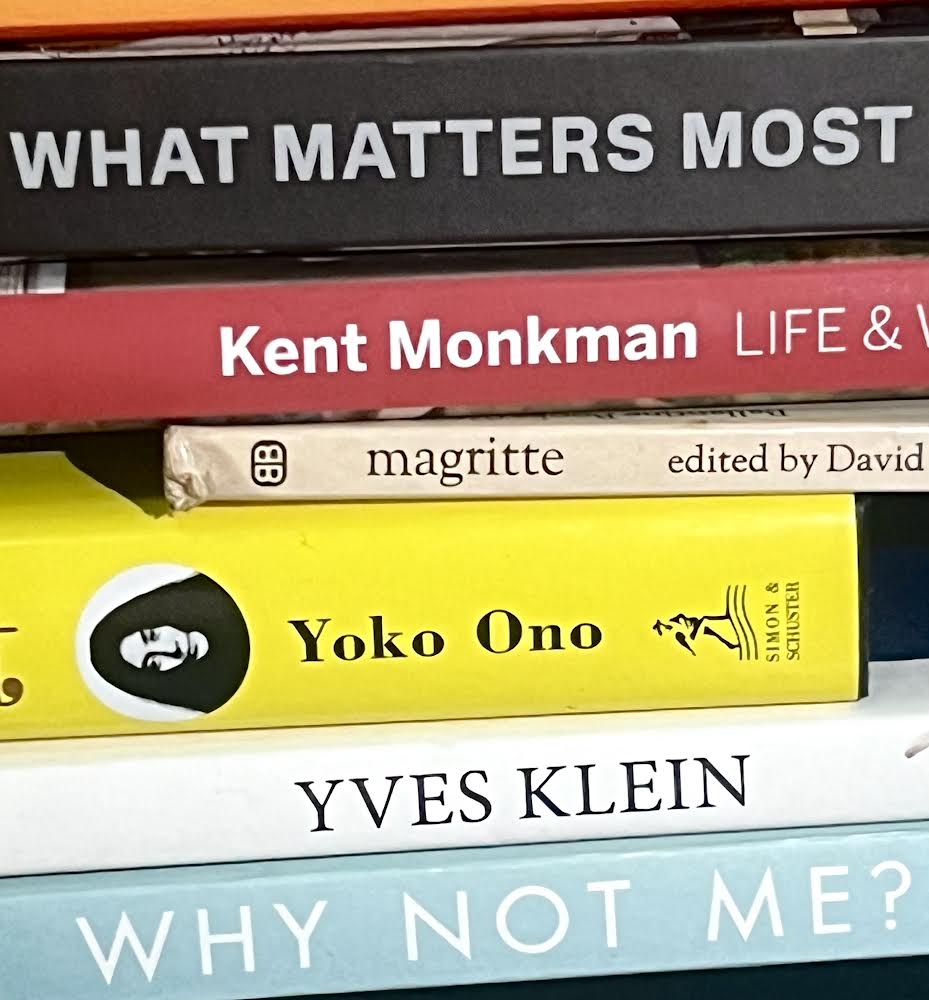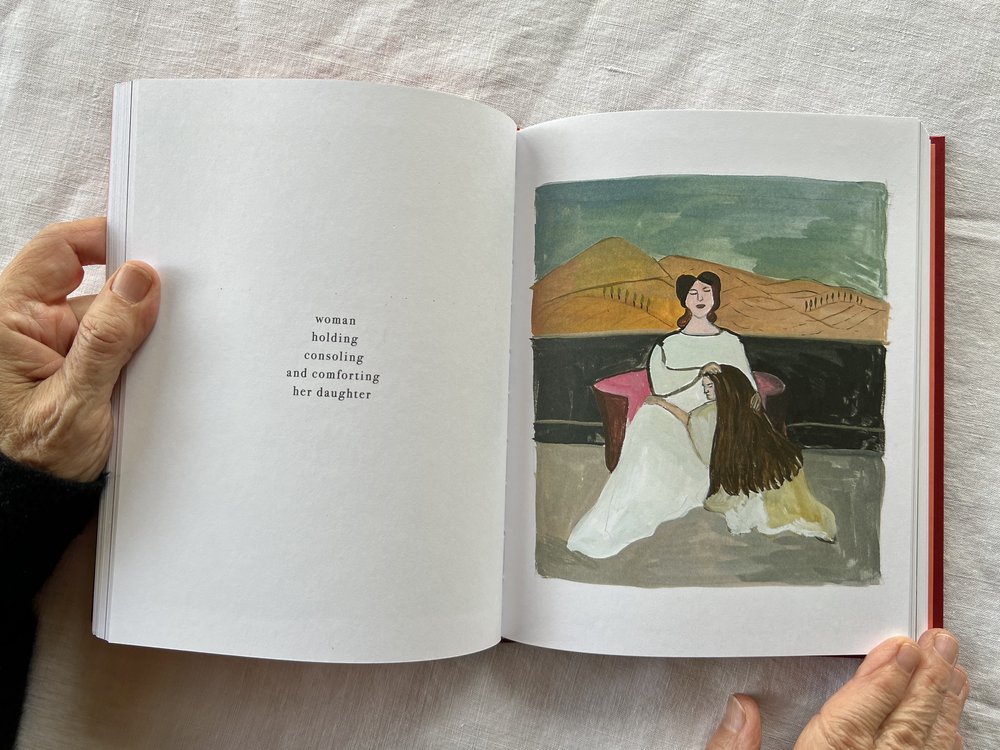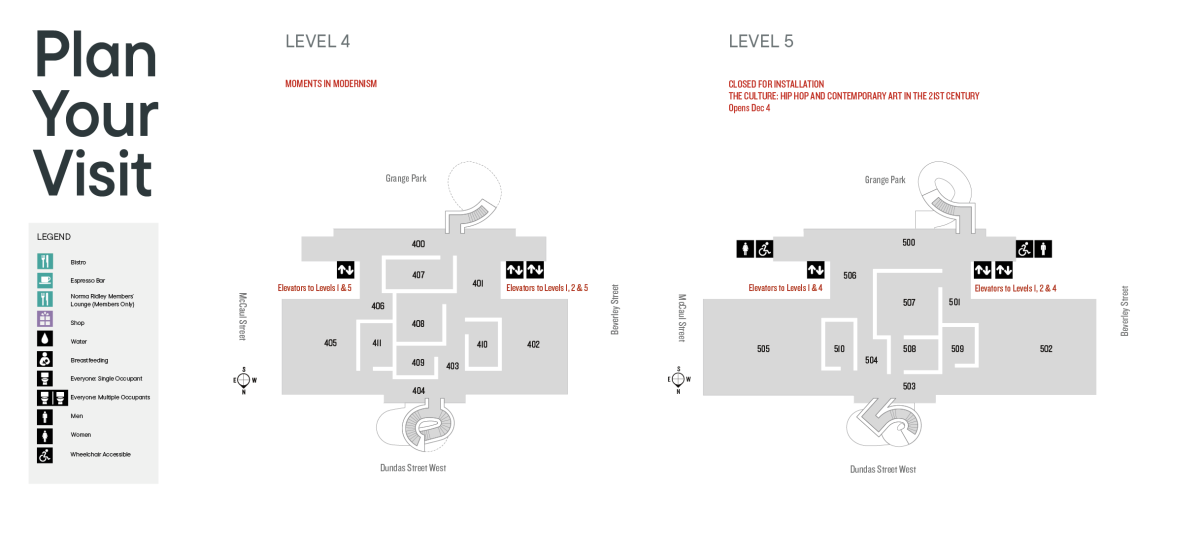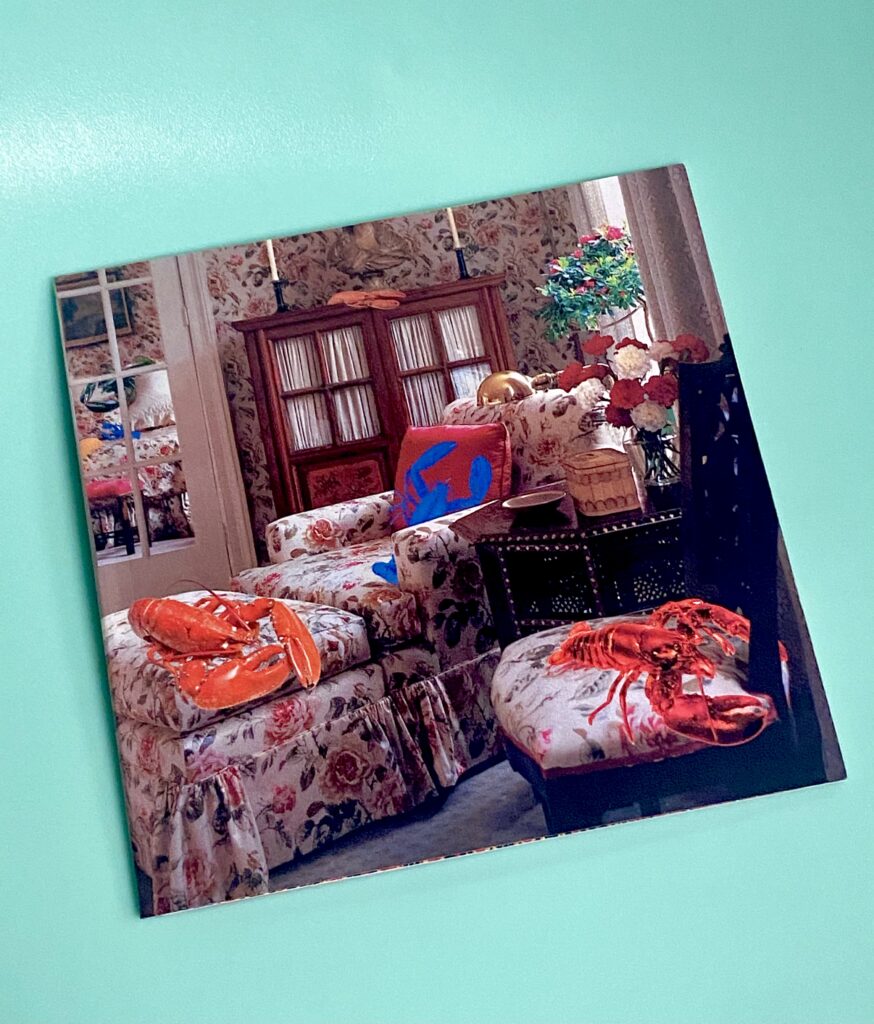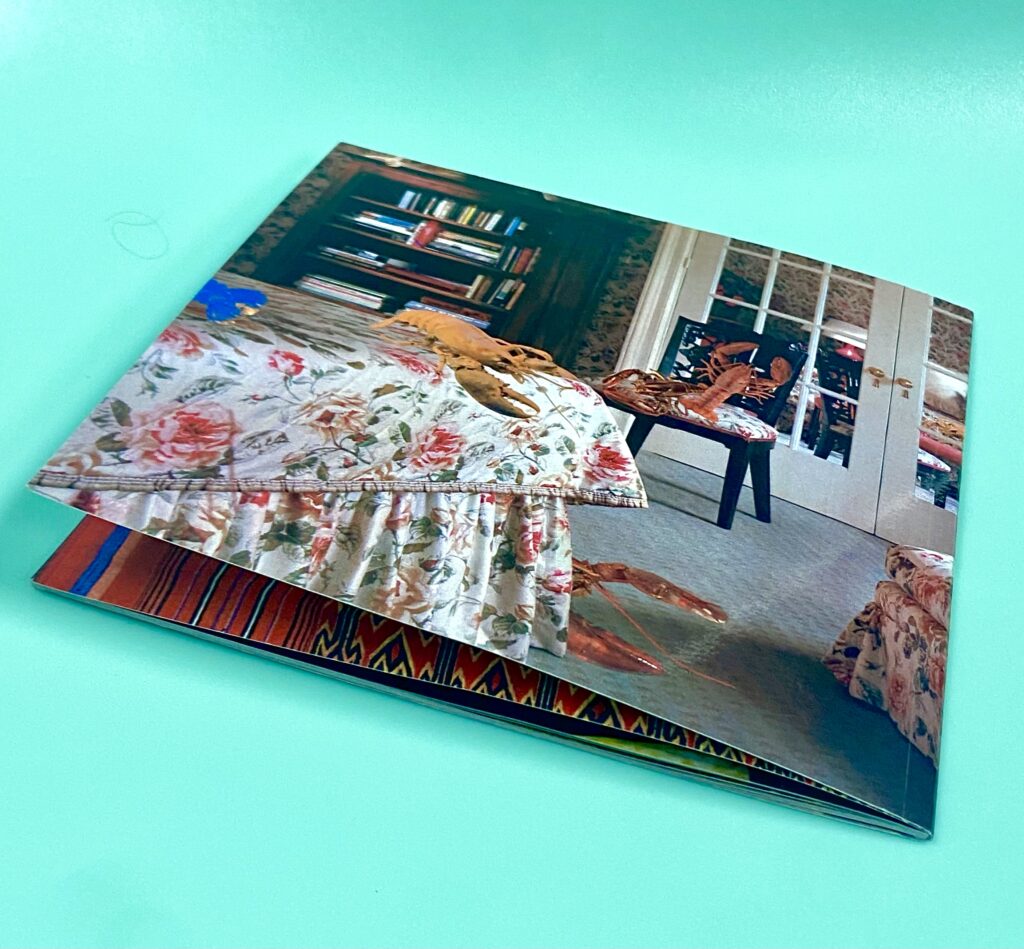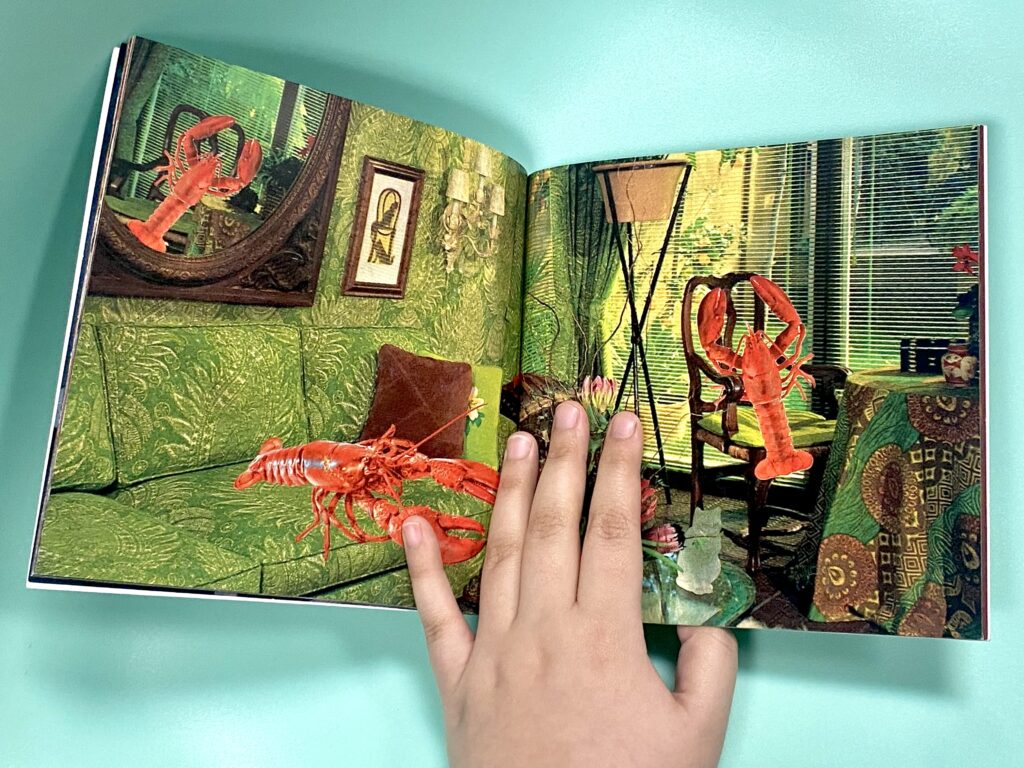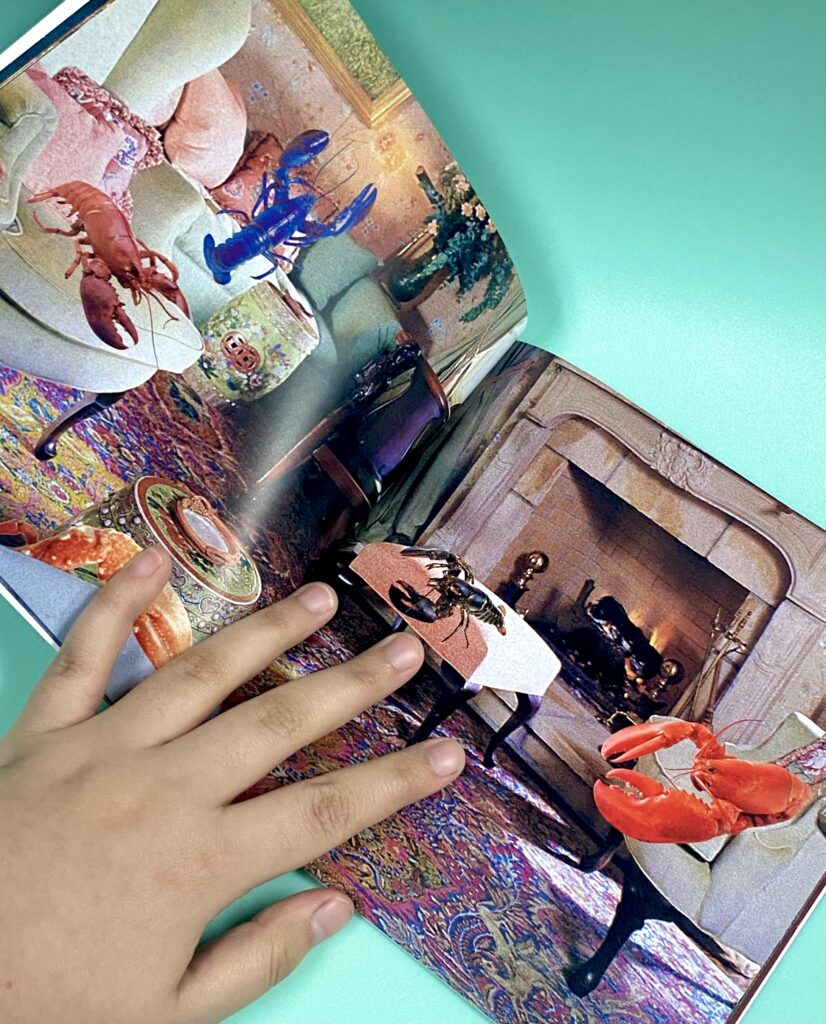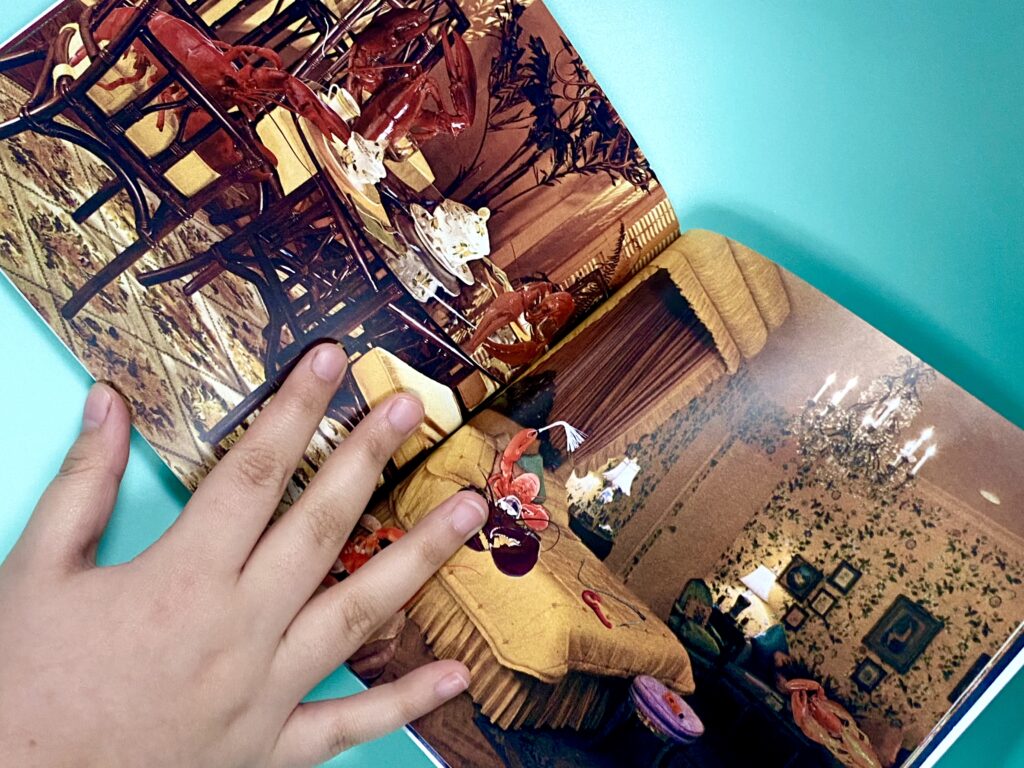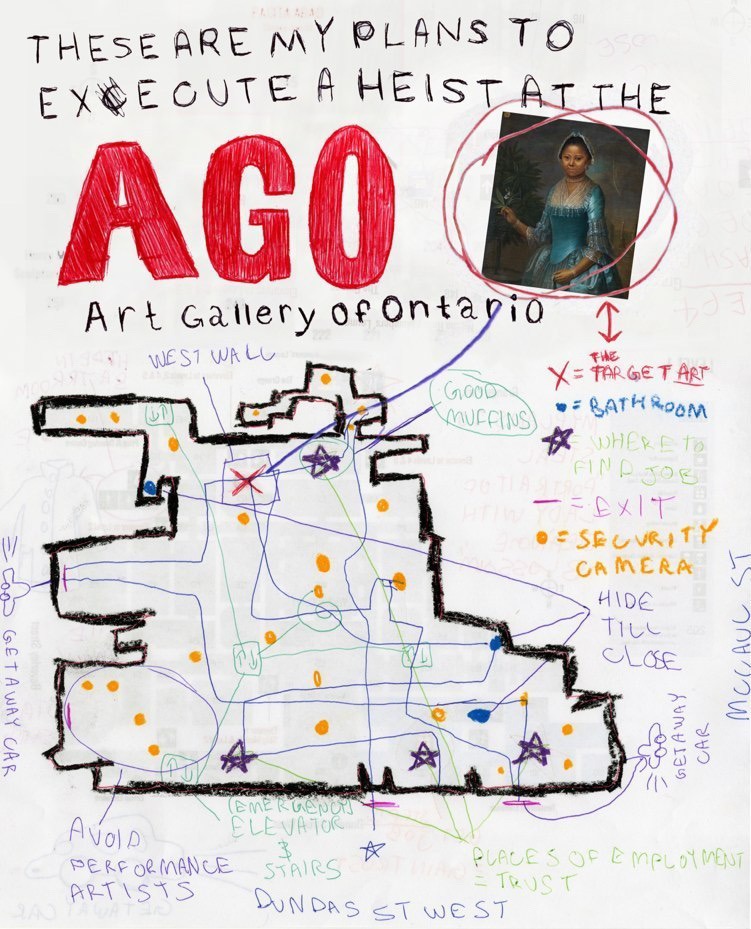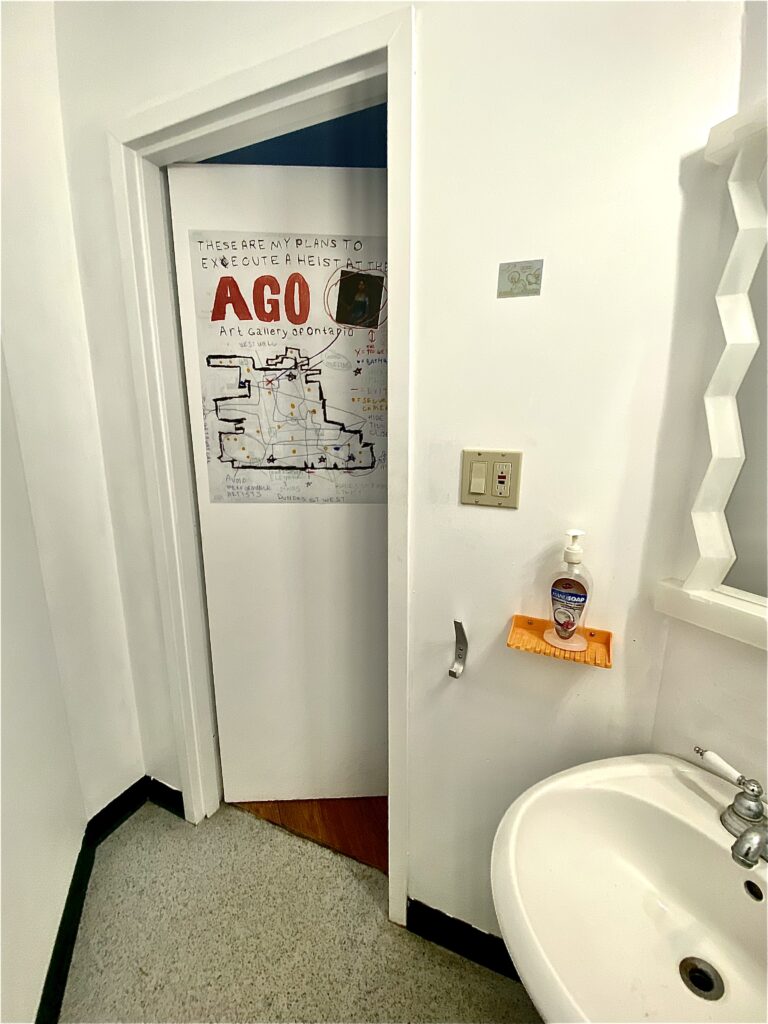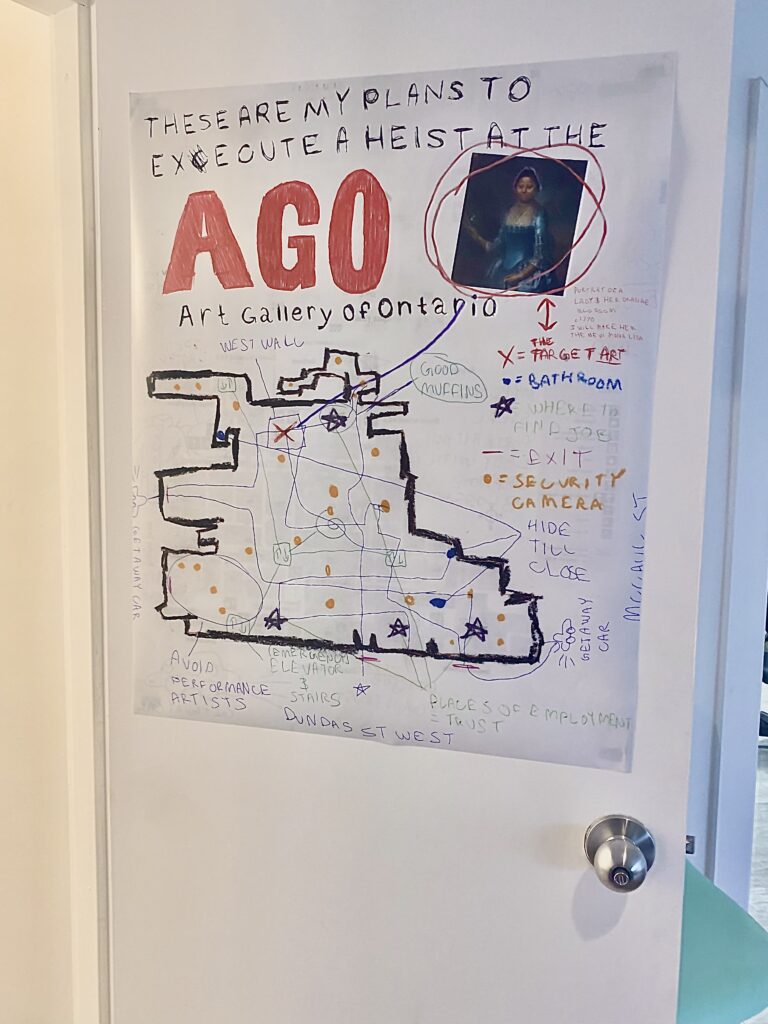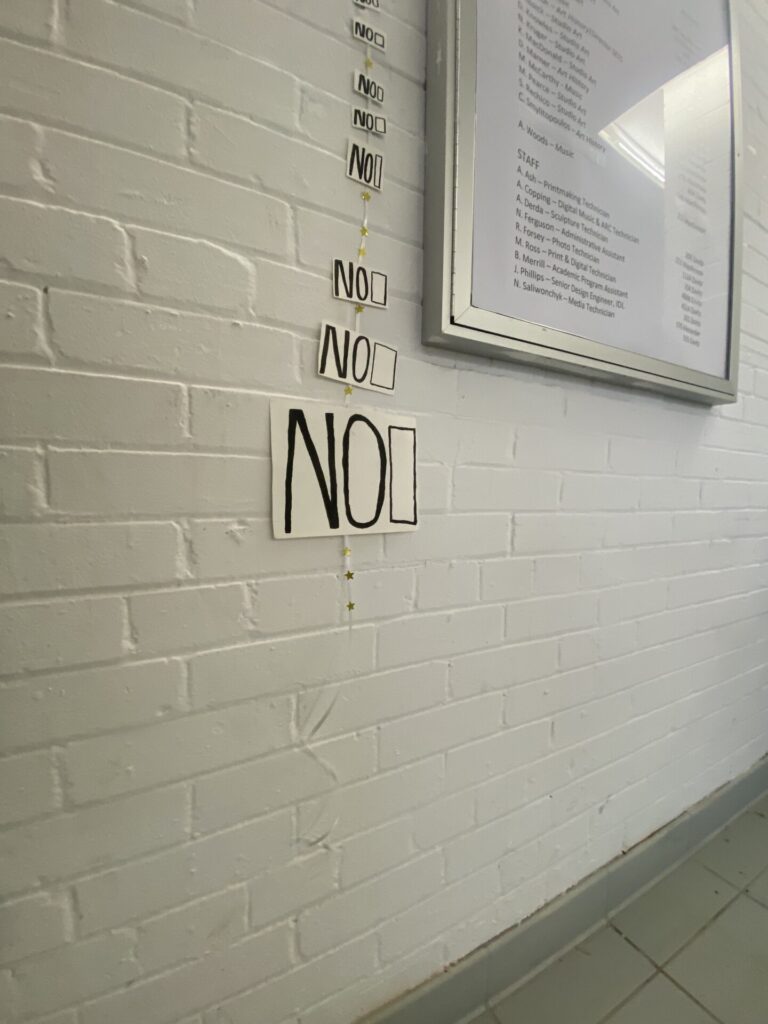
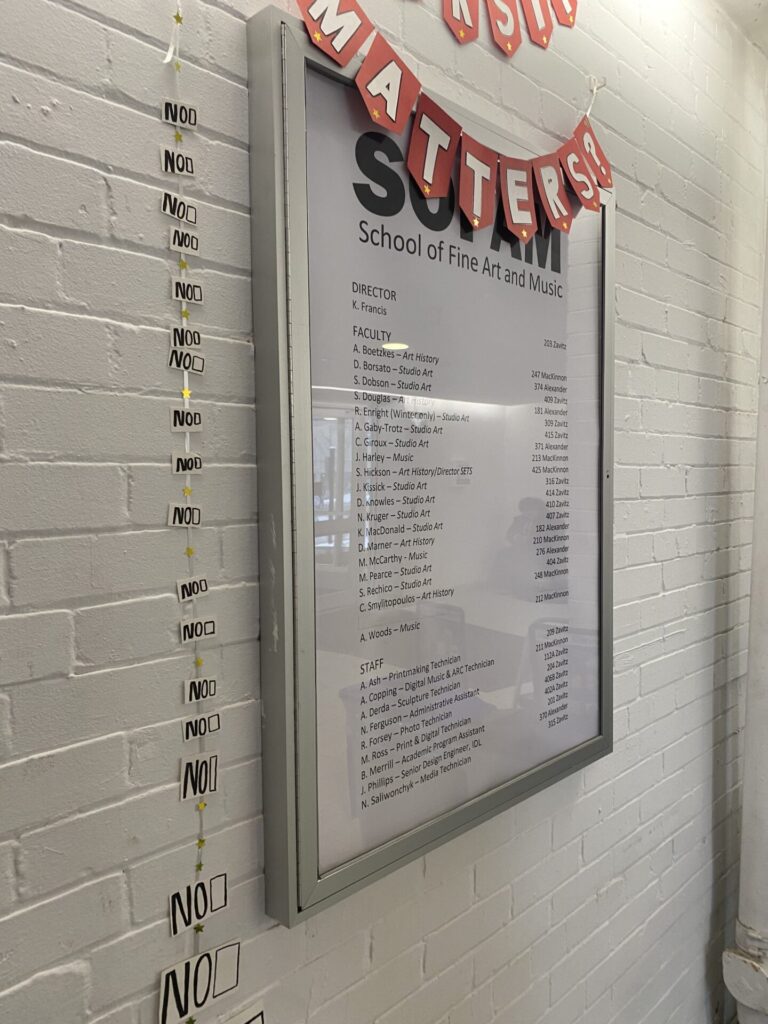
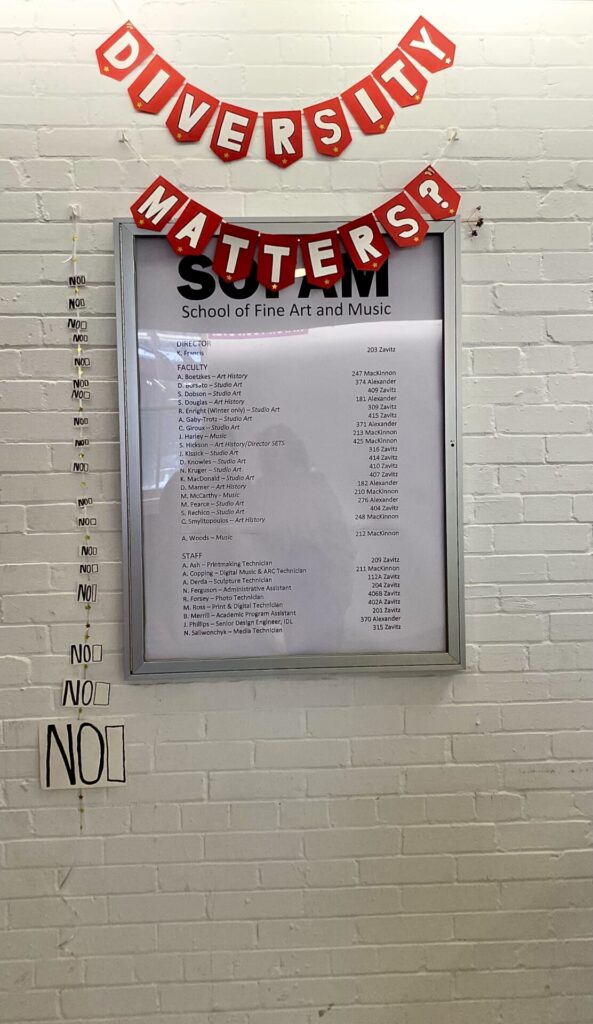
our first draft^^^^^
BTS on Cheyenne’s page 🙂
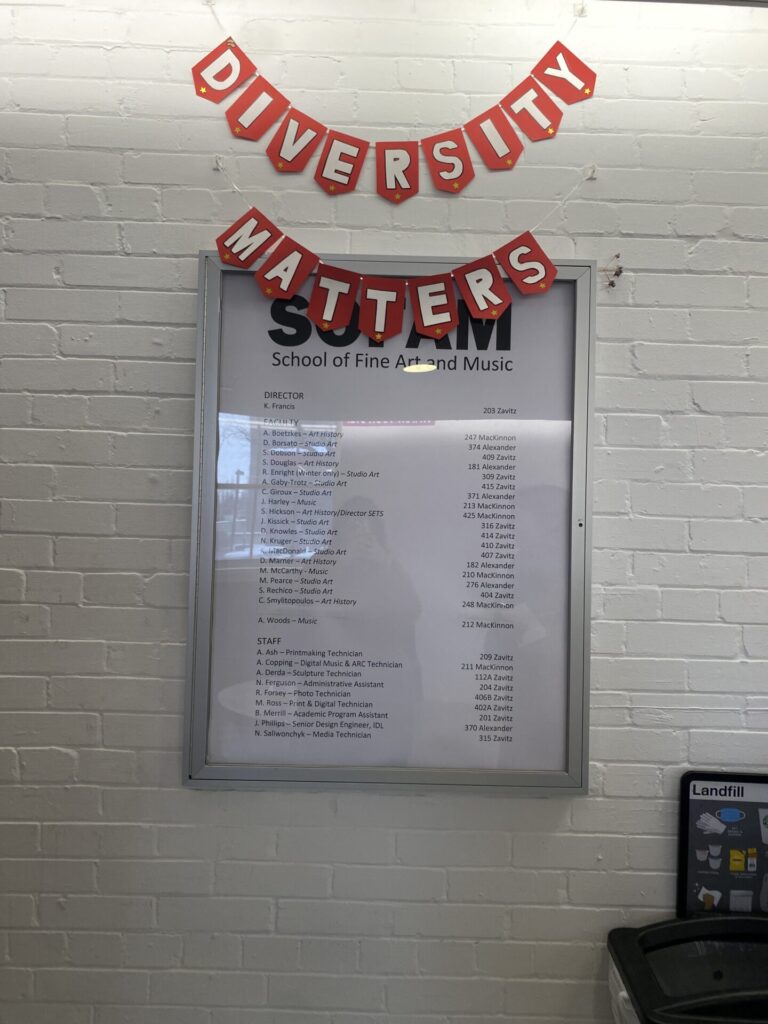
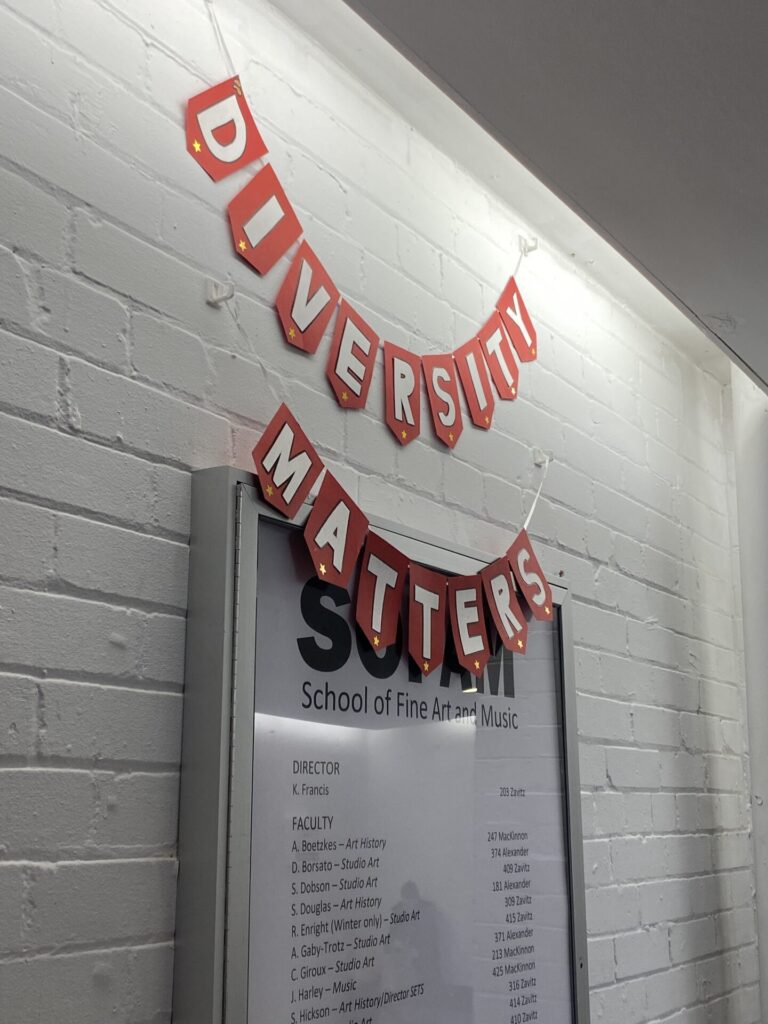
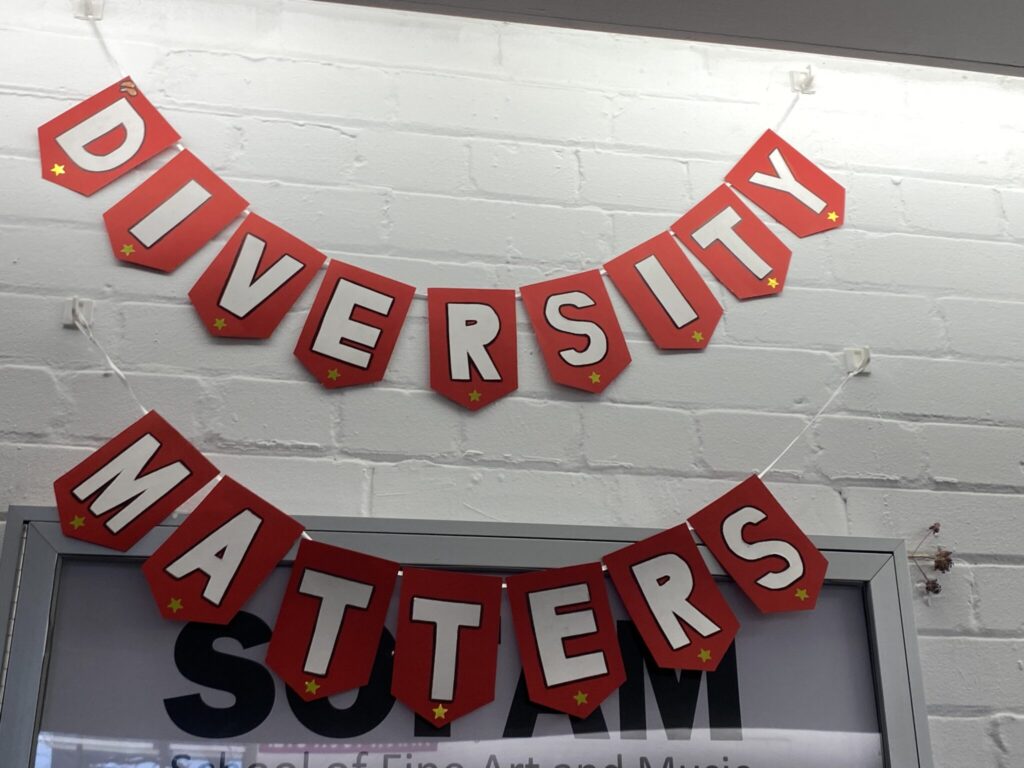
DELETE YOUR INSTAGRAM- Internet Video Artist Statement
(/response to Andrew Postman’s foreword as I think the writing below functions as both)
If you were to make a list of all your friends and how you’ve met them, I would wager that the places you met them were largely either work related or school related. If not one or the other statistically speaking, and especially if you are or were a teenager in the last 10 years you would also say the internet.(1) In sociology, the concept of a “third space” refers to spaces that a community can meet and mingle outside of your job or a class.(2) Historically these spaces where you could meet individuals with similar interests would be cafes, gyms, parks, libraries ,etc. these environments although categorized as similar spaces historically differed in a degree of severity. In other words a bookclub in Mississauga would be distinguished in perspective comparative to one in Missouri. As Andrew Postman puts it in his forward to Amusing Ourselves to Death “Comunities have been replaced by demographics. Screen-Time also means hours spent in front of the computer, cell phone and hand held. Silence has been replaced by background noise.”
In the contemporary landscape of our western society, we would argue that much of these third spaces have been/will be co-opted by internet spaces. Whether it be gaming, crafts, humour etc. the fear we address in this video is that when algorithms lump together people of similar tastes and interests on mass pockets of diverse culture and perspective are lost. This is especially troubling when applied to social Justice and political movements.
The oversaturation of regurgitated rhetoric amongst social media users leads to relatively uneducated and surface level takes on important issues. Even in the case of activists who devote their lives to causes and commit their time to creating content that breathes life into an issue in an eloquent and informed way the message is often over time misinterpreted, watered down and then regurgitated by influencers. This often goes on I would argue until it means almost nothing and serves little to no use beyond virtue signalling.
In this piece, we have taken the simple and potent message that subscribers of social media accounts should delete their profiles. A la Gil Scott Herons “The Revolution Will Not be Televised” we truly believe that real change cannot be made on apps owned and surveilled by fascist billionaires but we also aim to lean into the irony of proliferating that statement via the medium of social media itself, Video! Throughout the video the sentiment is layered, changed and shared by different voices and superimposed angles of our faces until the message is so diluted and disorienting that one might struggle to interpret its meaning. Much like the ghostly and minimal aesthetics of our video the message dies and leaves nothing but its ghost when duplicated so excessively . We hope that viewers are called to consider the capabilities of social media through a revolutionary lens.
1
https://www.pewresearch.org/internet/2015/08/06/teens-technology-and-friendships
2
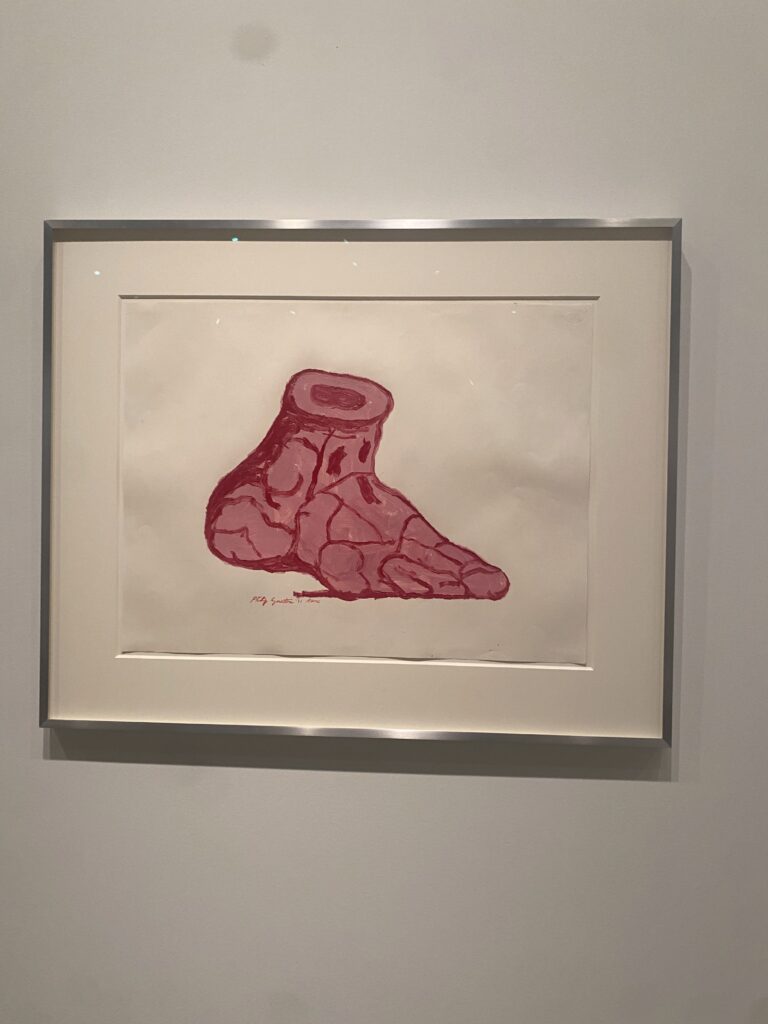
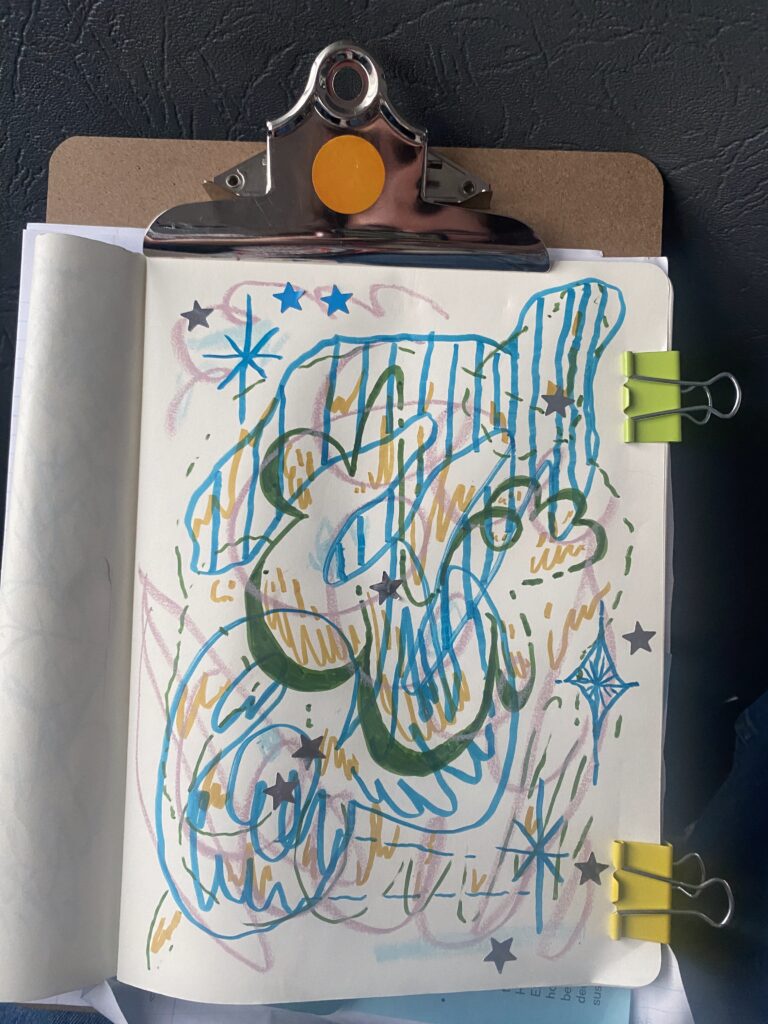
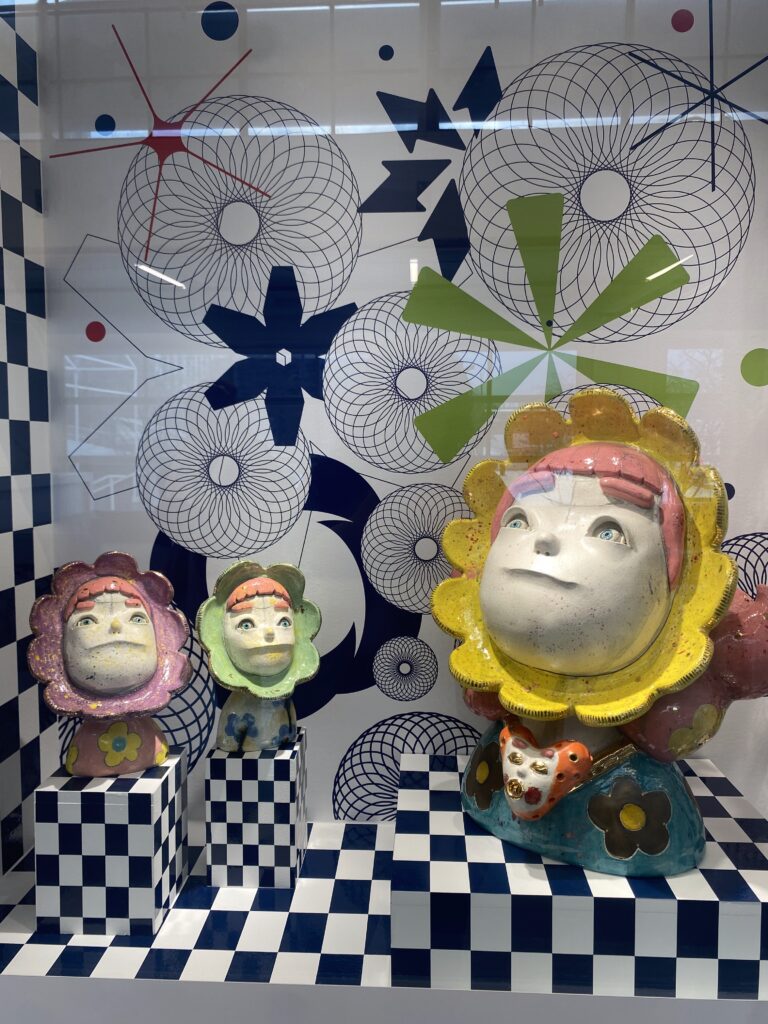
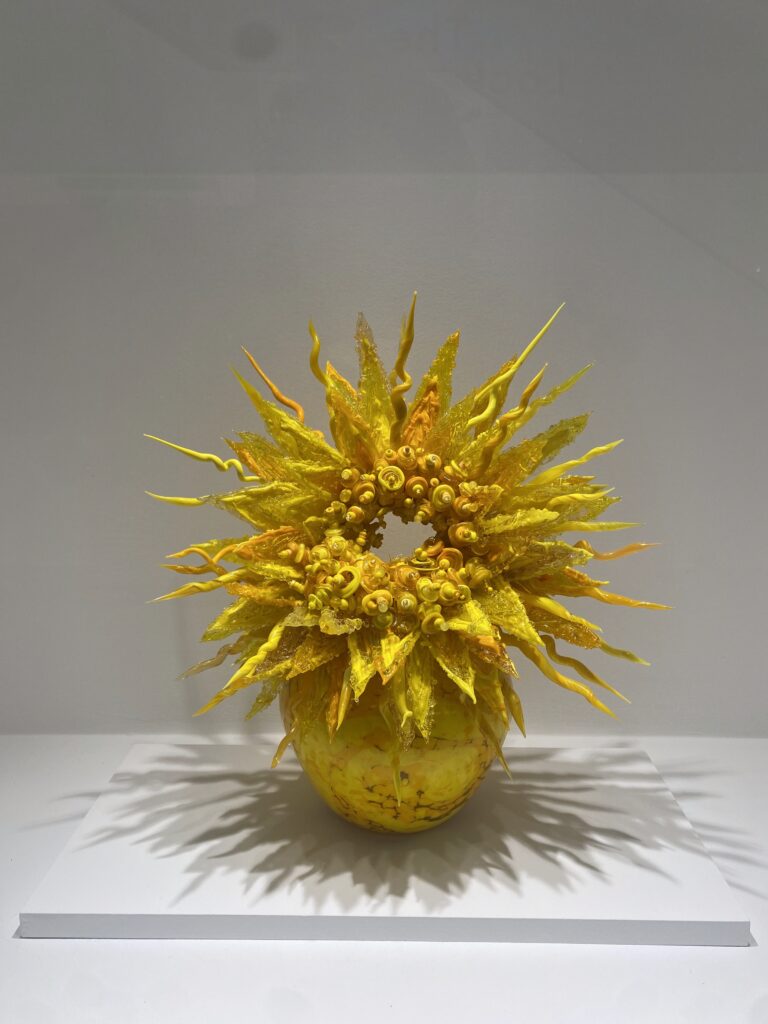
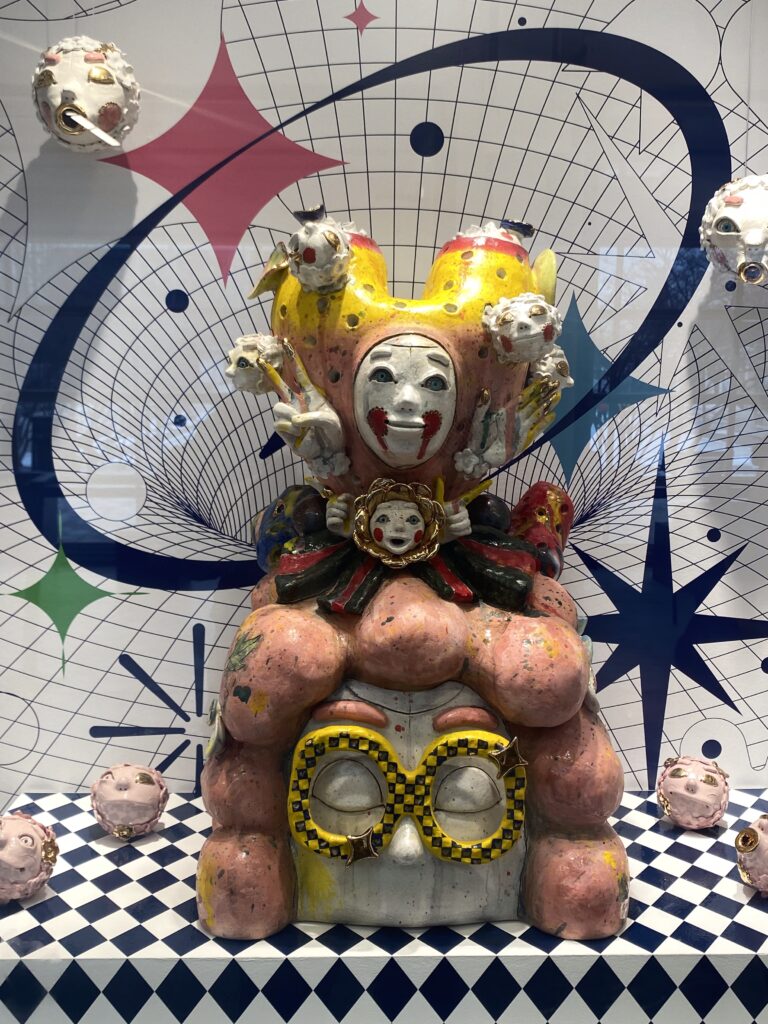
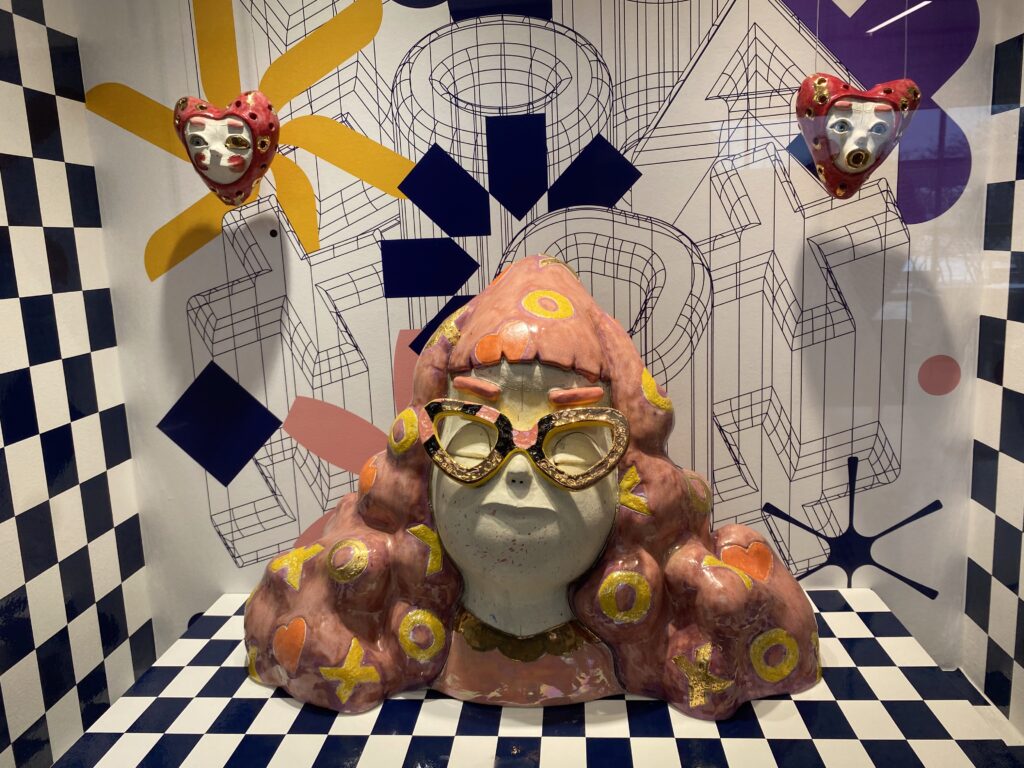
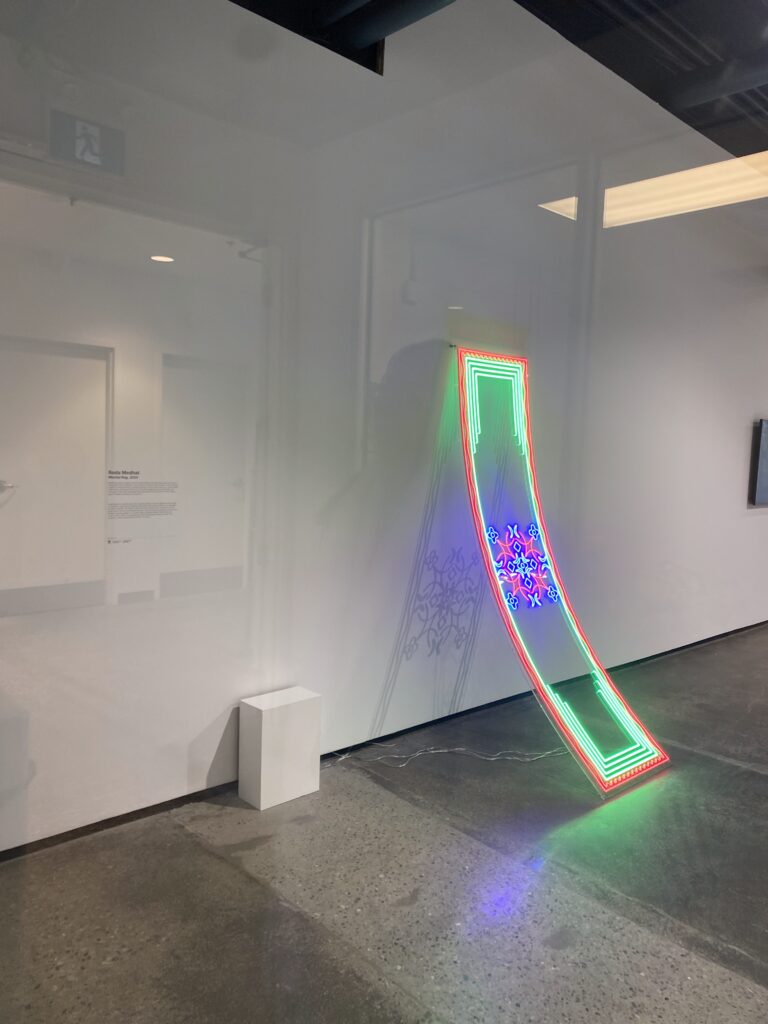
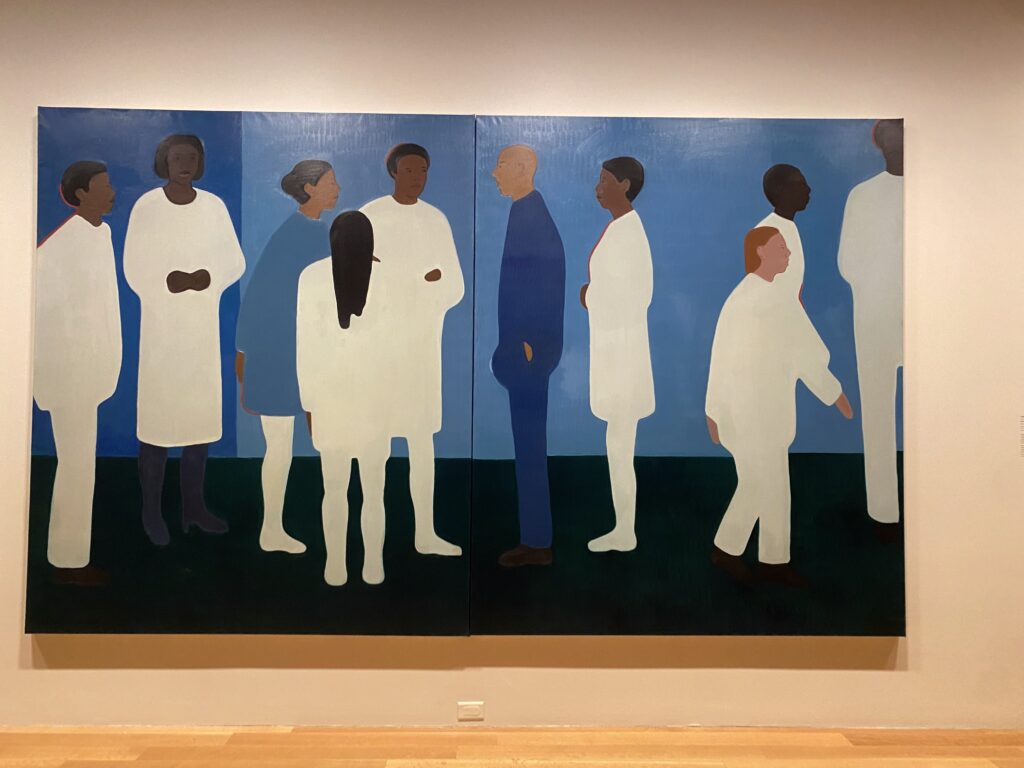
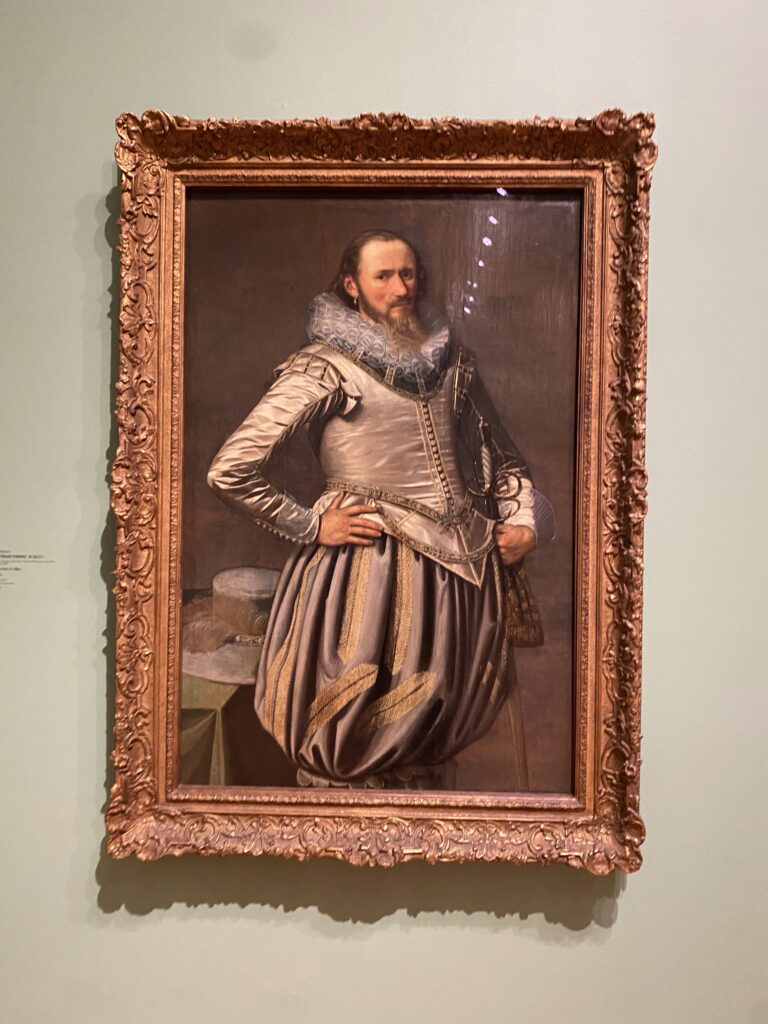
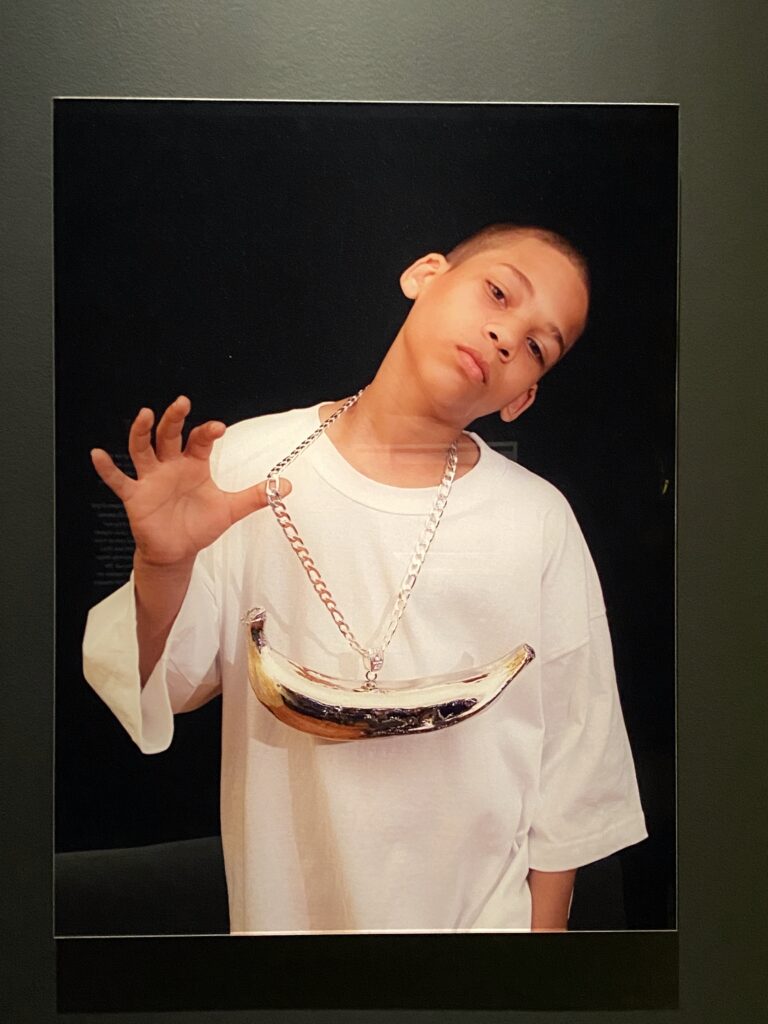
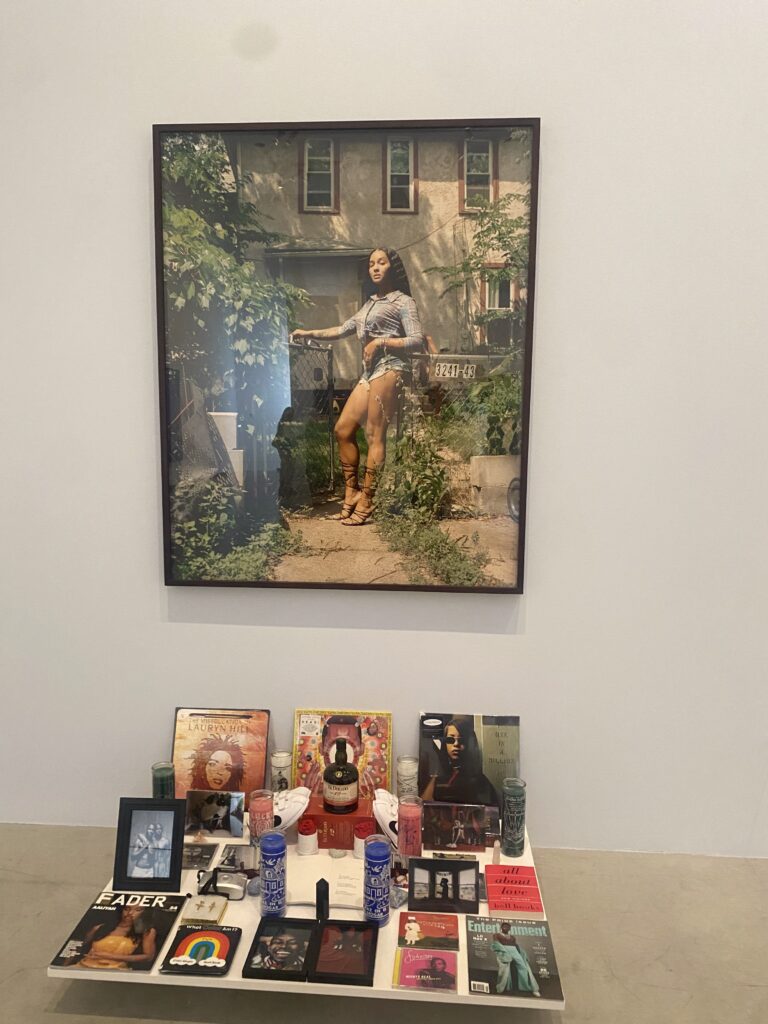
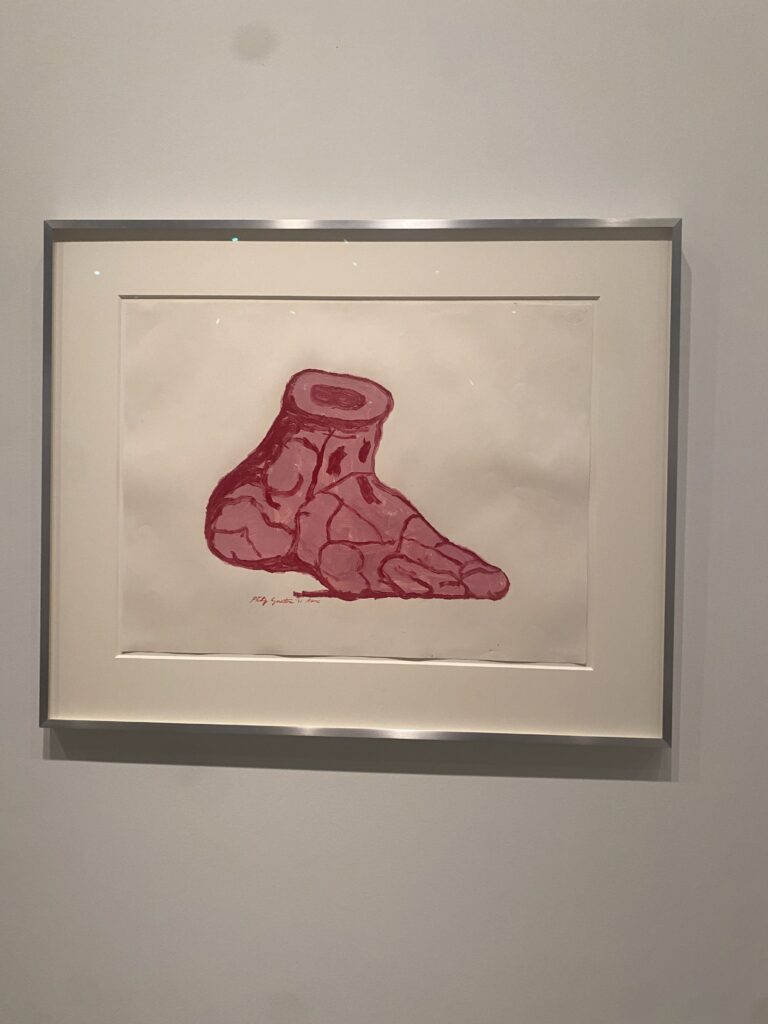
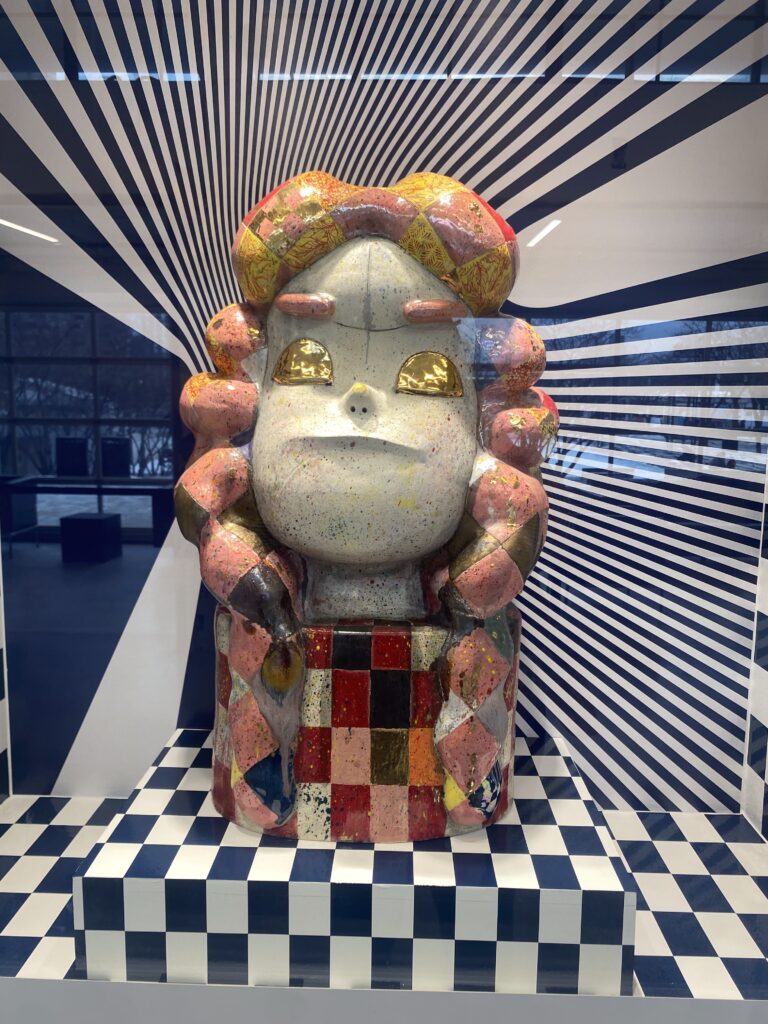
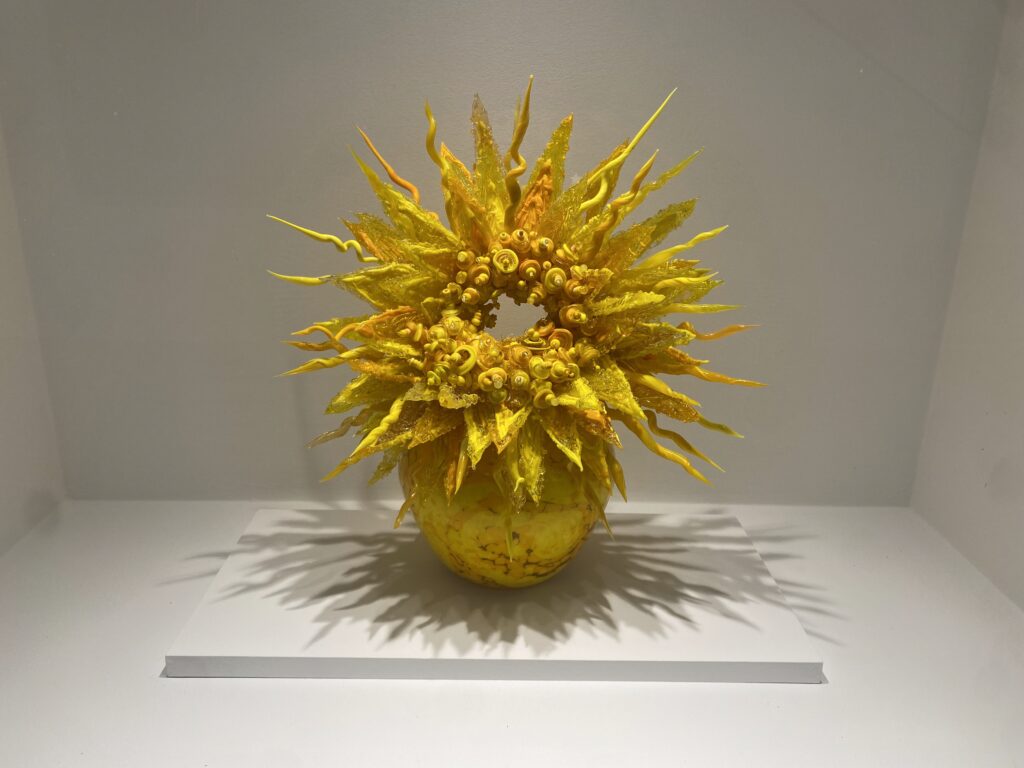
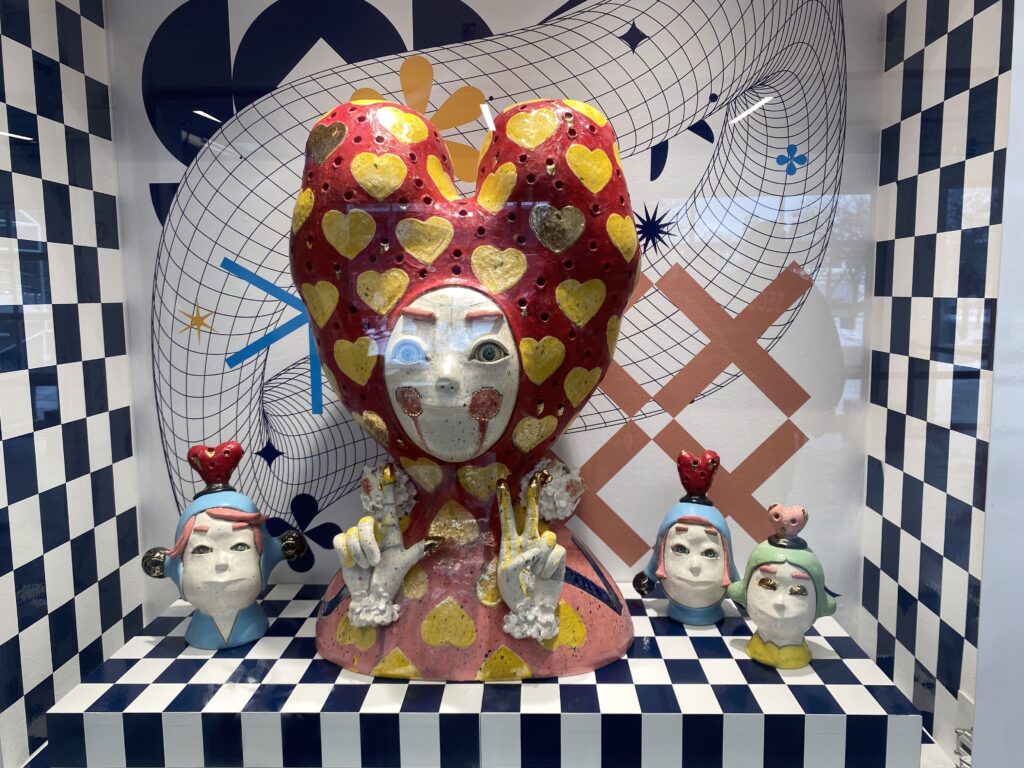
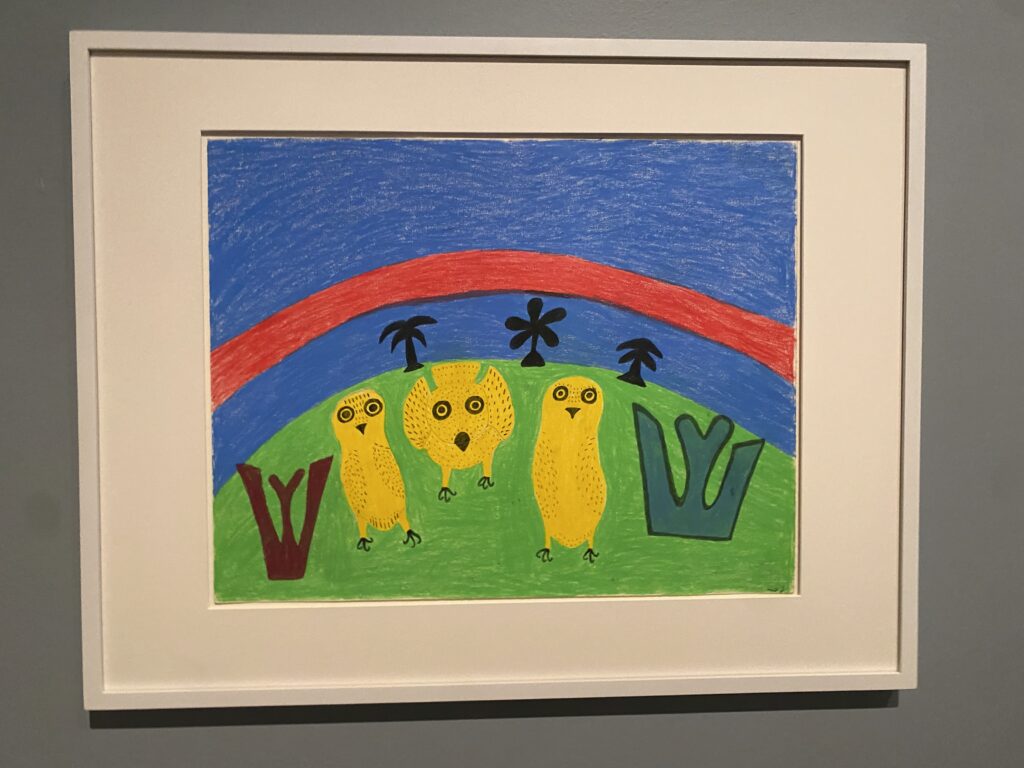
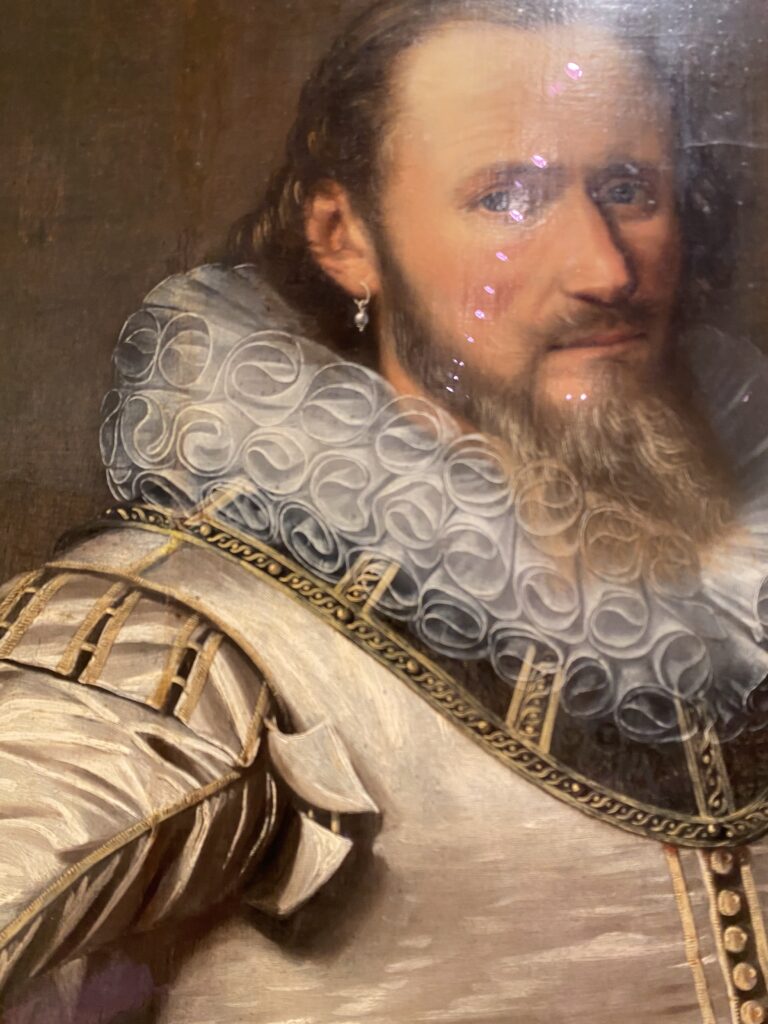
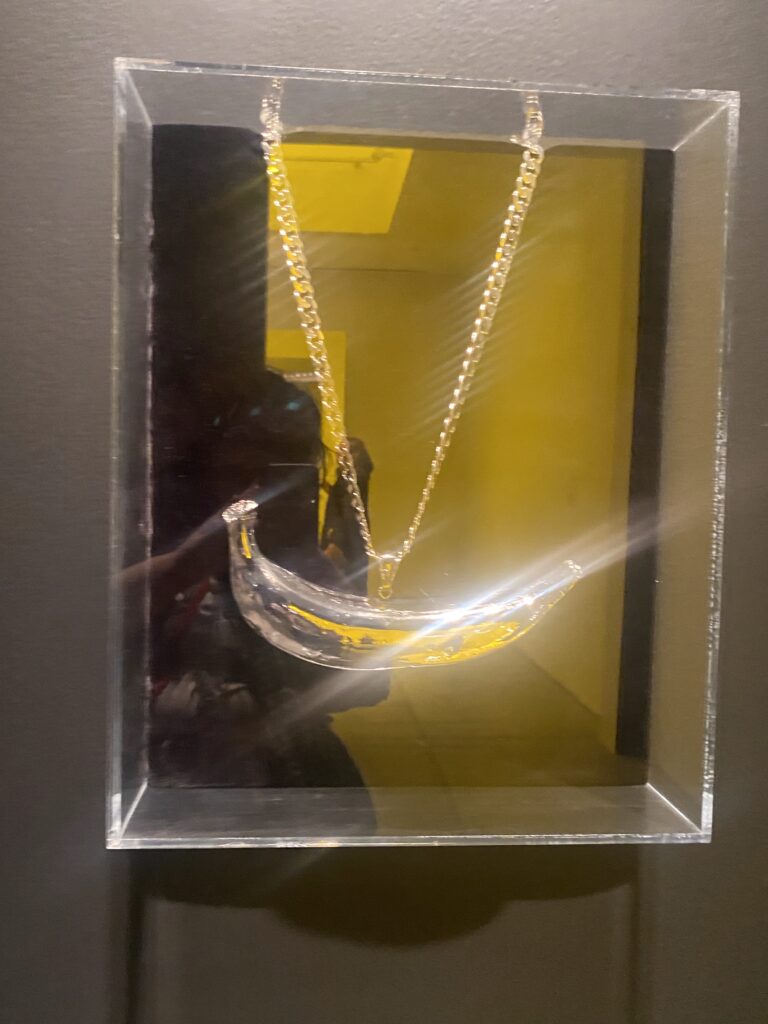
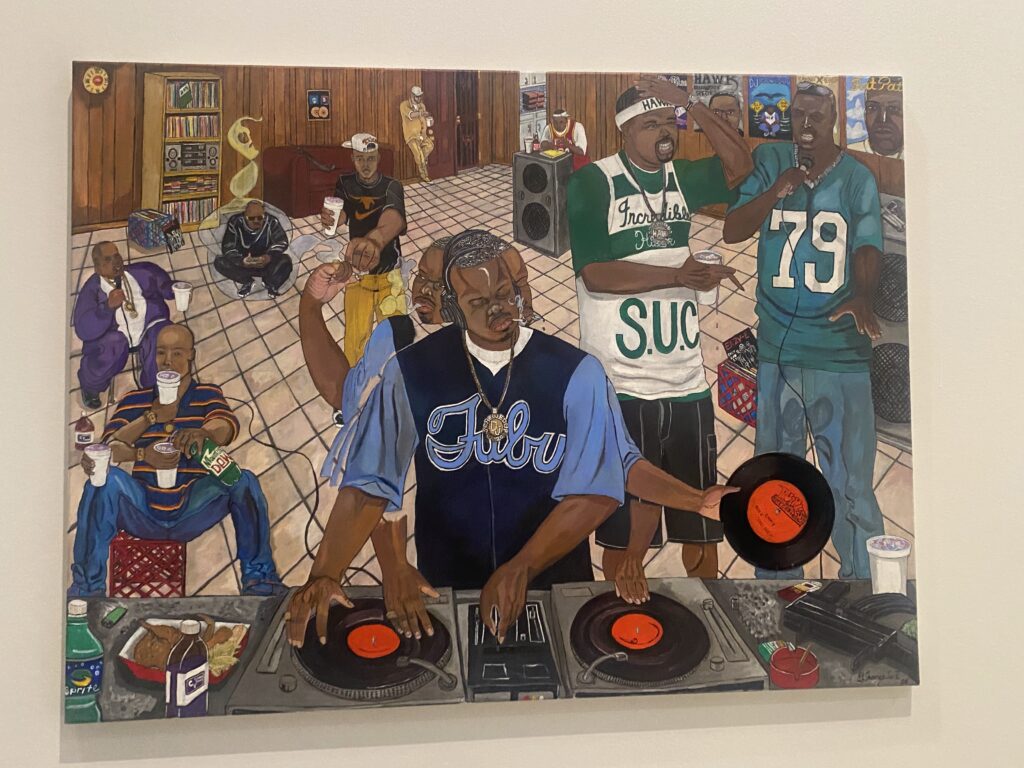

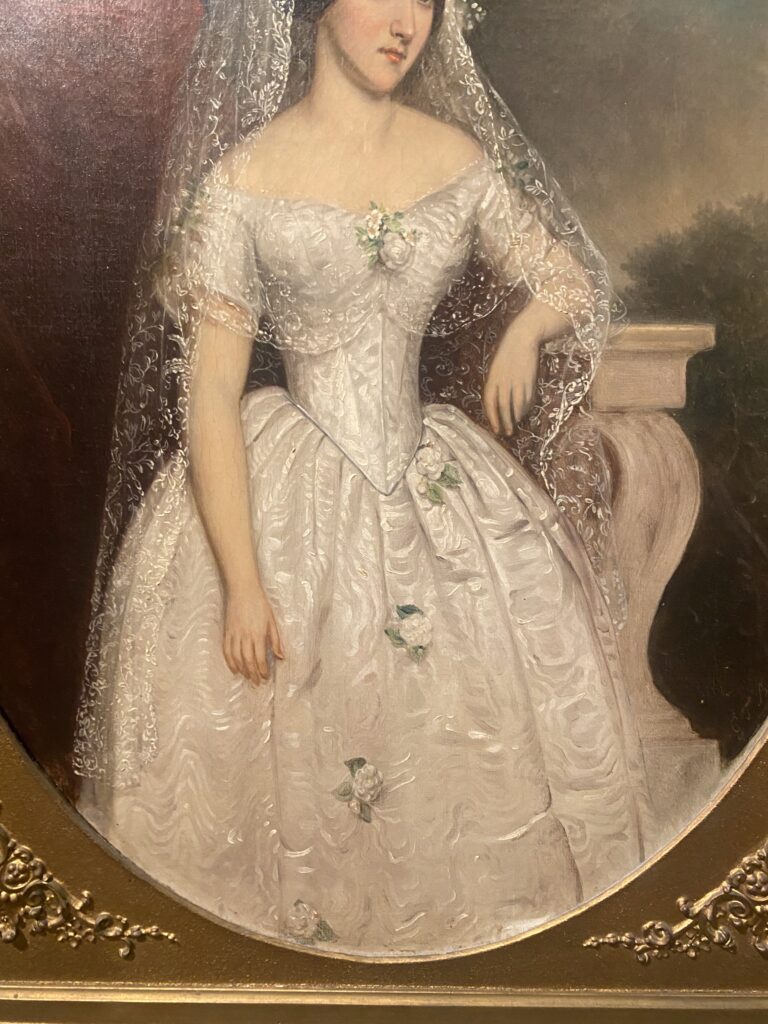
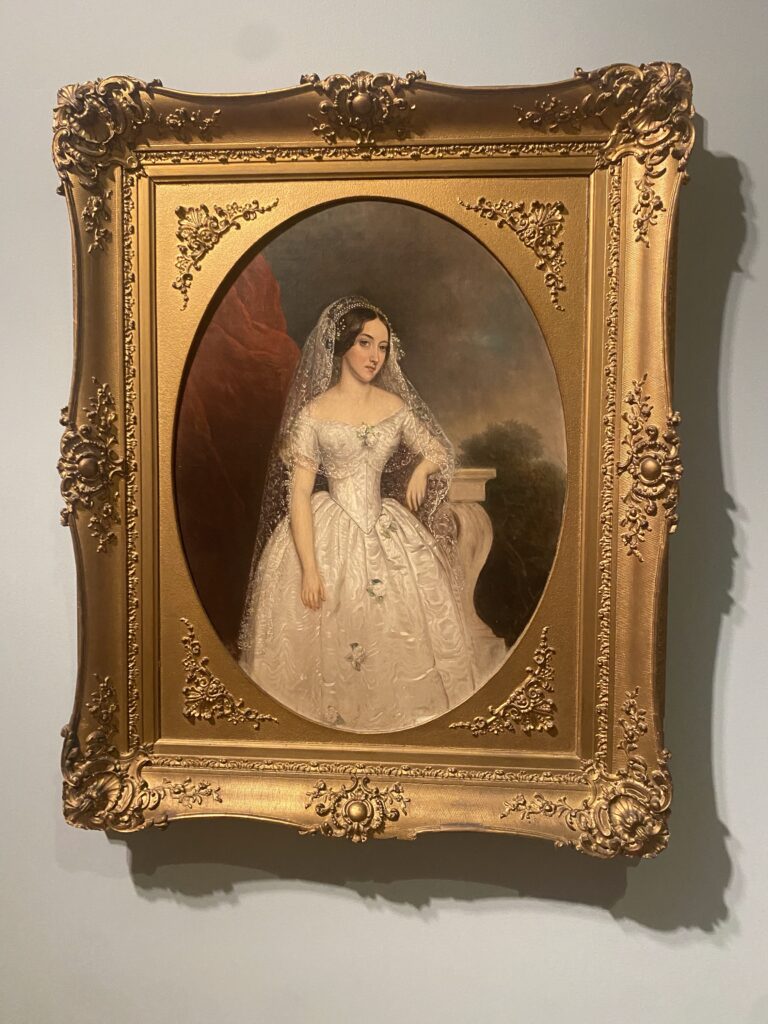

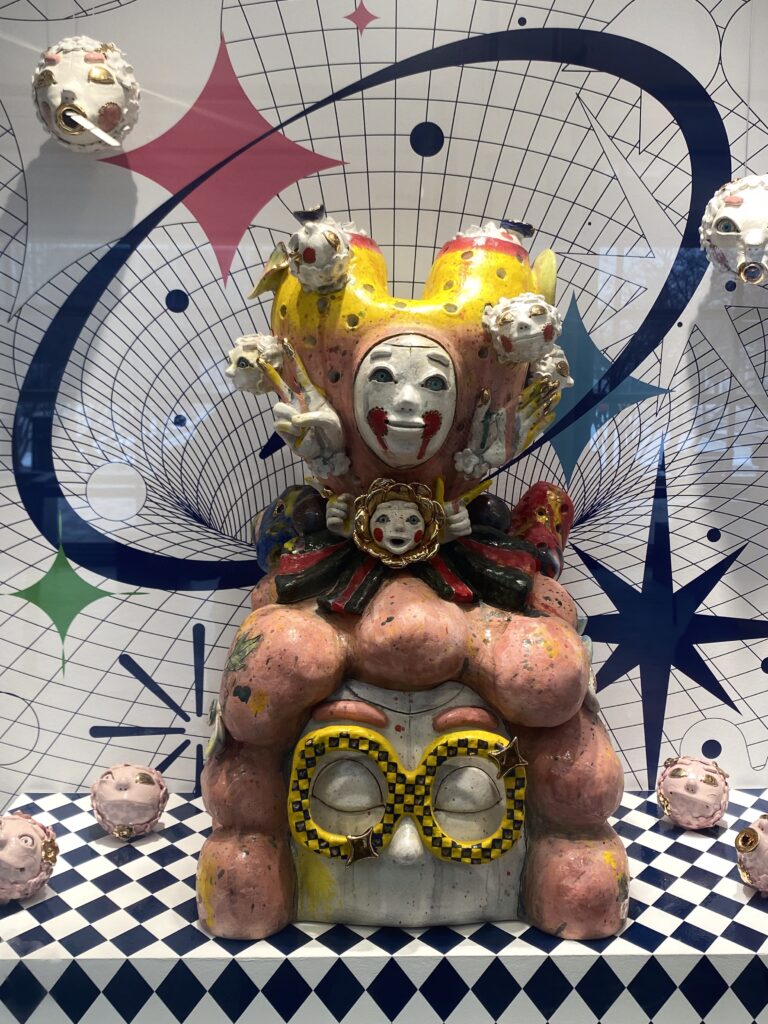
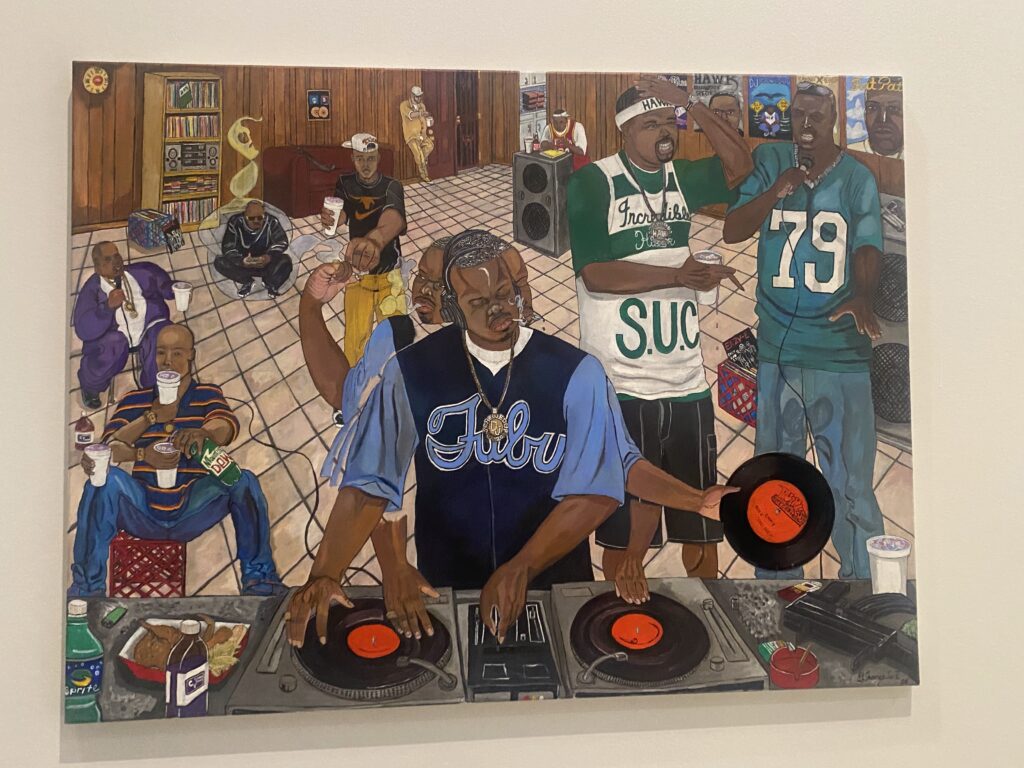
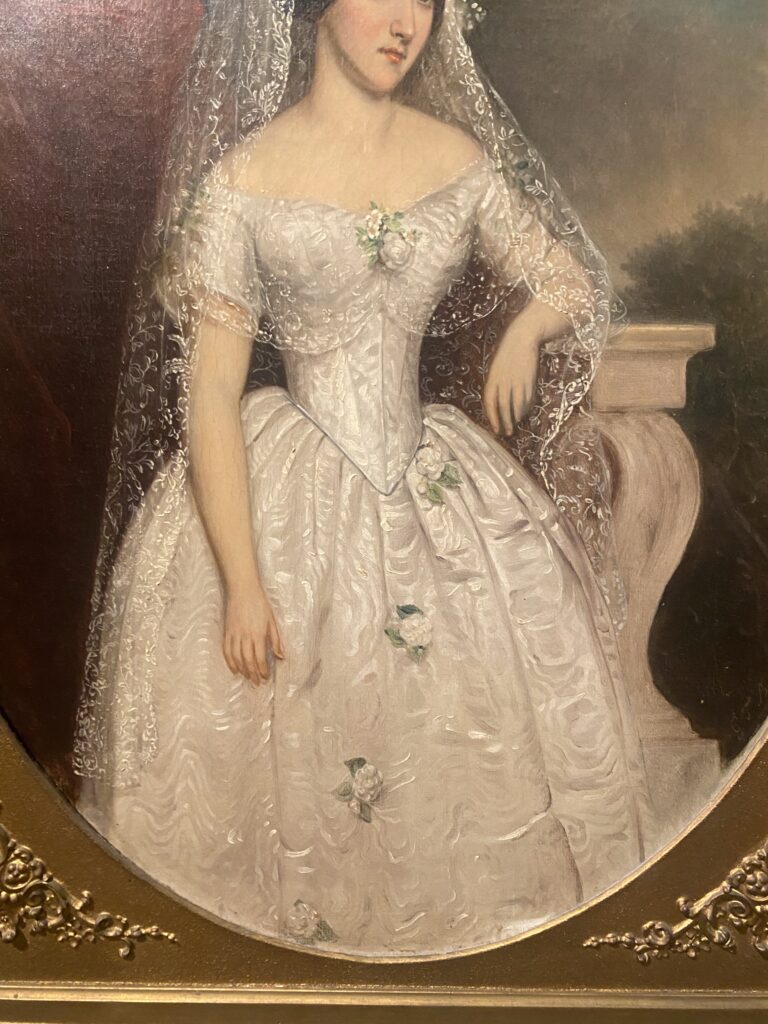
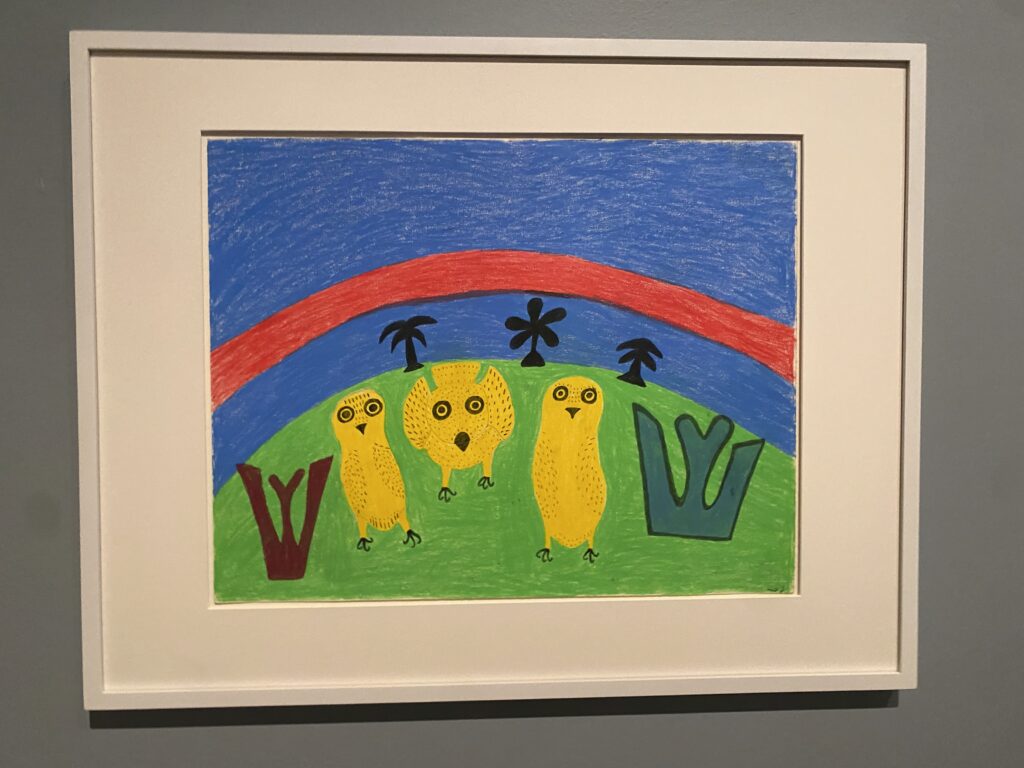
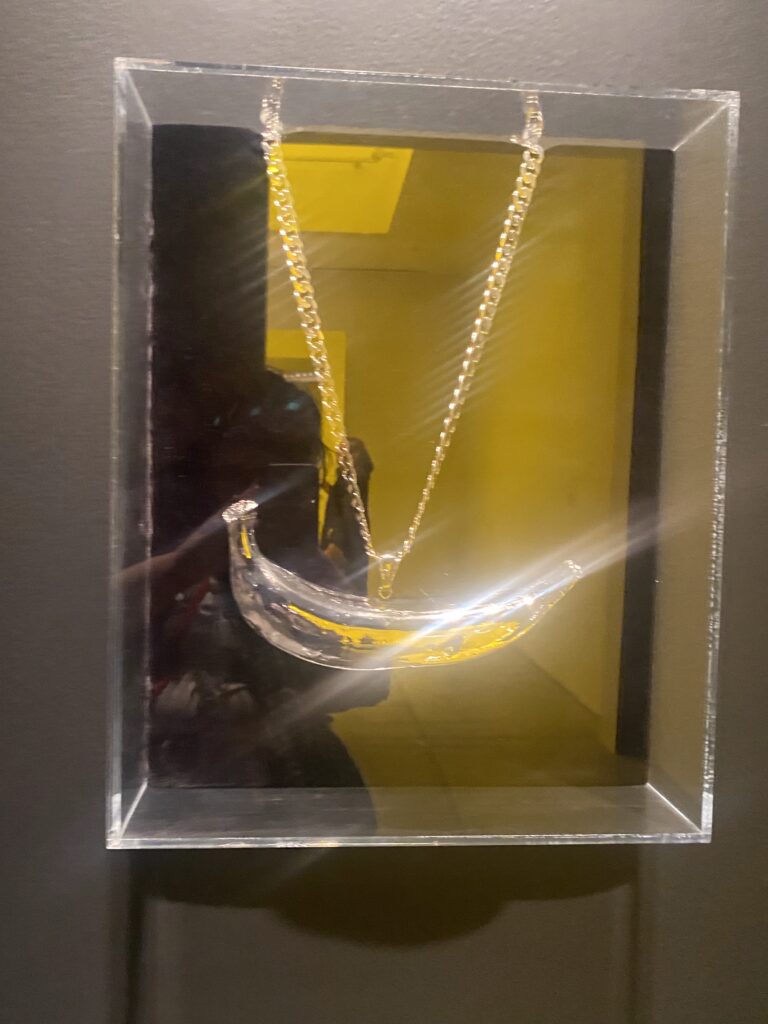
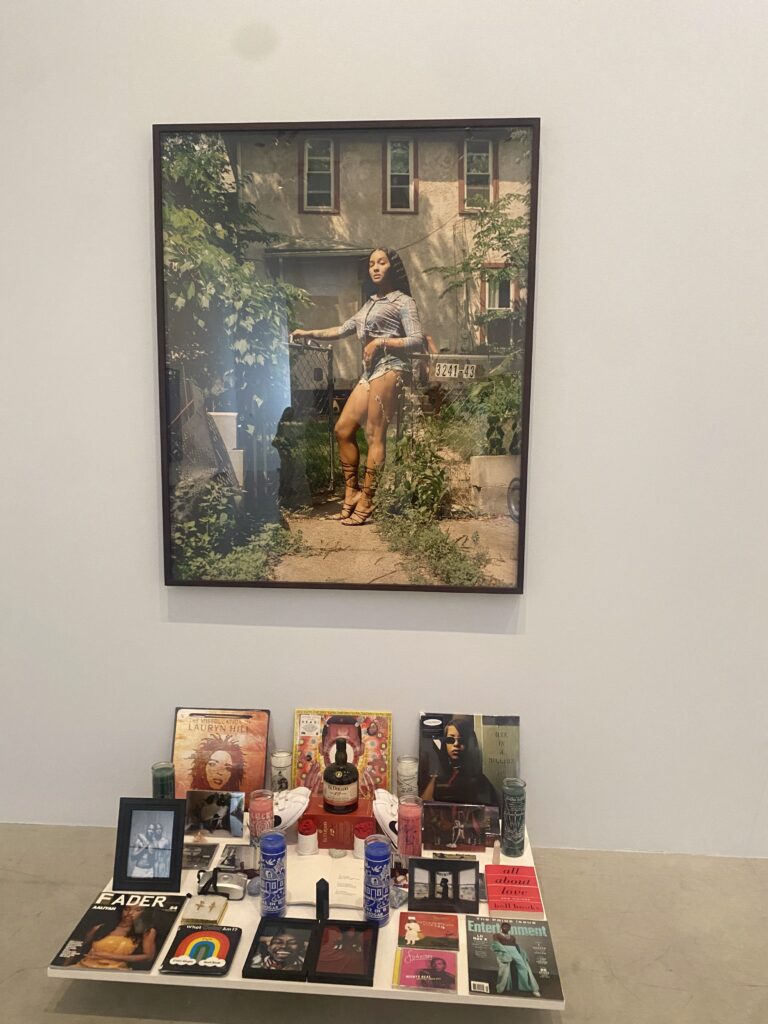
Favourite Piece AGO Reflection
My favourite work at the AGO was MOTHER! by TEXAS ISAIH. I felt pride, belonging and recognition looking at this piece. It is built into the very fabric of our history, beliefs and culture to admire and honour woman as sacred. Our ancestors honoured and centered woman in our theological and spiritual practices long before The Virgin of Guadalope. Today our communities have melded the two worlds of Roman Christianity and Indigenous wisdom together into a beautiful union of tradition. As Natalie Alfaro Frazier writes in her article My Latina heritage has given me a spirituality of the feminine “For me, it was a meaningful syncretism, the intertwining of ancestral symbols and traditions with our Catholic faith. We offered gratitude to Creator for nourishing me and the baby throughout my pregnancy. We venerated La Virgen de Guadalupe, thanking her for her prayers through labor and delivery. My midwife shared with me that she asked La Virgen to guide her and bless us before she entered my home the morning of the baby’s birth.”
Although the Women of Meso-America often carry on this tradition of feminine honour in many respects, there is a strange relationship between men and their views of woman retrospectively. I have seen the Madonna-Whore complex (or perhaps the Guadalope/Putana complex haha) firsthand in the manifestation of Machismo as it is known colloquially. Much like the concept of “Toxic Masculinity” in the west it leads our men to act in sexist homophobic, ultimately destructive ways. Femicide, abuse against women, children and especially Queer, Gender-Queer and WOC is repulsively high. (1)
As a Trans, Queer Afro-Latina I cannot emphasize to outsiders of the Latin American Diaspora that it is for TEXAS ISAIH to center herself as a mother figure through the lens of her identity. Although it is dangerous to be any of these things anywhere in the world ISAIH’s choice to integrate spirituality via prayer candles and altar,(2) deconstructs cultural norms and understandings of the divine feminine in a way that both honours the practices and critiques them.
added thing just because??????
( I am at a strange place in my identity where I don’t want to center myself on discussions of race and culture as I recognize my privileges as someone who looks and dresses the way that I do. I was recently diagnosed with amongst other things, Bipolar disorder. Although it is a permanent disability it is an invisible one. I am again reminded of this in-between place. I am bisexual, biracial and bipolar. There is a kind of poetry that addresses the nuanced identity boxes I have found myself in. Although I recognize my privilege, I am learning also to accept my right to expressing experiences of exclusion, oppression, pride ,and belonging in these spaces. )
1.
2.
speaking from personal experience, the altar of a Latine household often represents both Indigenous and Roman Cath0lic Imagery. i.e. Guadalope Candle nest to an offering of salt for the spirits.
These are my comments on the discussion of whether or not the exhibit centered materiality within the Black experience too heavily. I am not Black and so I cannot fully understand or comprehend every point but from the perspective of Black history I would like to add these
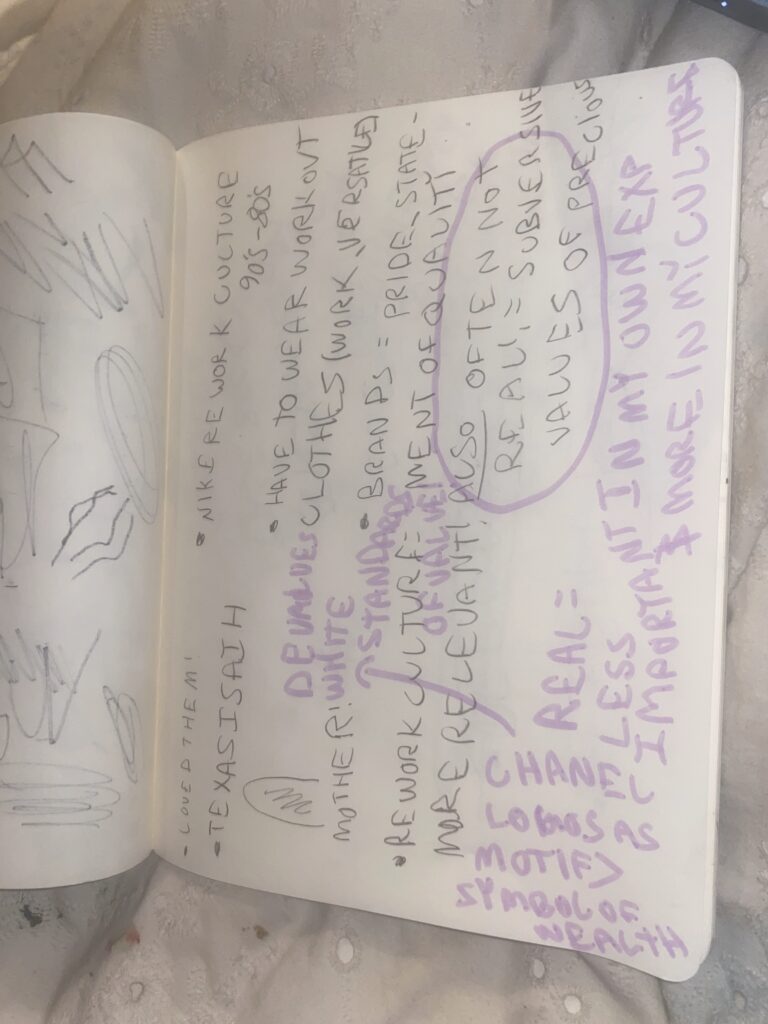
Bridget Moser Response
The themes of being uncomforted with discomfort, sensuality, pale pinks, and beiges of a relatively light tonal key remind me a great deal of the Rococo movement of early modern art in Europe. The Rococo era was littered with paintings about sex, food, parties, just generally how cool it was to be rich and have a bunch of time to relax.(1) Similarly throughout this piece one might read a striking resemblance in themes of comfort and small luxuries through the perspective of a middle-to-upper class white woman. Correlations to dieting regimens and pills, lip enhancers and an amusing number of press on nails of course, or as it was put in Charlene Lau’s Art Forum review of this work “The scene, followed by tableaux of consumerist, bourgeois junk—such as a rose-gold makeup mirror, white and gilt decorative ceramic objects, and a bottle of pink Himalayan salt—parodies displays of “haute” consumerist taste.” Much like a woman reclining in a beautifully upholstered and plush chair in the rococo era, Moser is posed laying in a chair of identifiable resemblance(2). Unlike the comfortable and unabashedly sensuous aristocratic women of 16th Century France however Moser finds herself uncomfortable in the level of discomfort she finds herself in. Despite the group’s specifically targeted by racist ideals of beauty I read this as Mosers own struggles to meet the mold, standards of weight, face shape, nose shape height etc are after all based around racism. (A) Another reading is her discomfort with the privilege of whiteness. I will be focusing more on that lens.
Similar to the privileged minority of the Rococo upper crust she then seeks comfort from the discomforted. (3)(B.)This is maybe the first piece I’ve ever encountered that deconstructs the discomfort of privilege, more specifically white privilege in such a detached and monotone way. “We’re not always soft and not always digestible. Were just used to certain comforts.” In this case Moser both claims to empathize with non-white individuals for the struggles whiteness offers racialized groups. She doesn’t apologize however and instead pointedly places her perceived right to “certain comforts” above said acknowledged discomfort. (3) Moser’s thesis as I interpret it is that those in positions of privilege cannot truly enjoy said privilege without some level of reflection interfering eventually. As Lau puts it “Moser’s sardonic tone—with a hint of creepy innocence—exteriorizes these innermost thoughts, which turn into an earnest declaration of complicity.” there is often a desire to prove to those of dissimilar privilege that you understand and/or empathize with their woes while also recentering the privileged party.
1.
The Swing
ca. 1766-69 (one of the most famous rococo paintings about a manage a trois (AKA a threesome) with an aristocratic woman as central, note the pastels.)
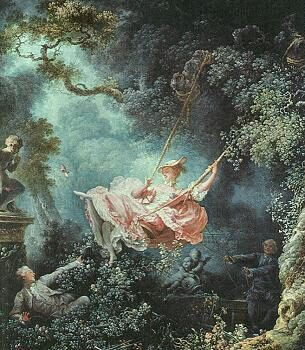
Bathers, 1763-64 (More group sex and pastels amongst rich people, you can tell their rich from the fabrics.)
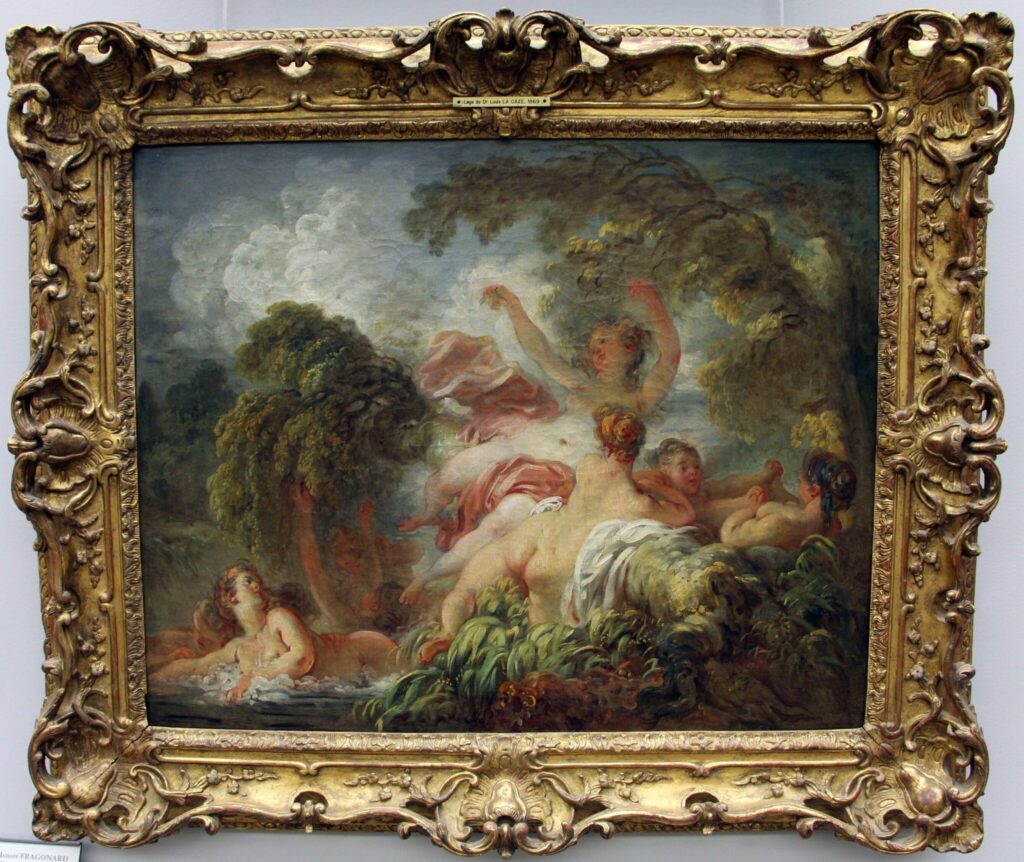
The Garter, 1724 (horny rich dude grabbing at rich ladies garter. Very scandalous! Garters are soooo hot! Amirite Ladiessssss)

2.
Reclining Girl
1752 (a salacious painting of a woman reclining on a recliner. there were MANY of these. This woman specifically is a mistress of Louis XV. There were MANY of them too…)
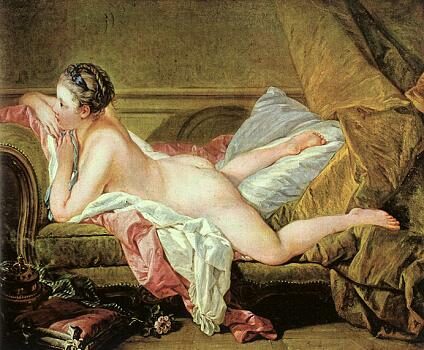
3.
Embarcation for Cythera 1717 (Although some read this piece as a group of wealthy young people heading out to a party Martina Meyer shared her take on the piece in my Early Modern Art course some time ago that she views it as a group leaving a party or as they called it a fete gallant. meaning a hedonistic bender of needless relaxation and partying. )
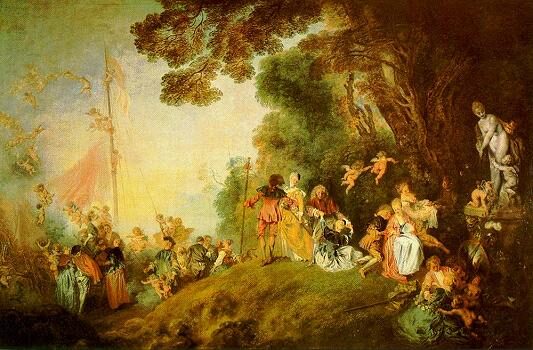
B.
Another example of this in the rococo era that one could gather from this is Marie Antoinette’s affection for wearing maid costumes, farming clothing, milkmaids costumes etc. essentially cosplaying the poor. Less poignant but worth a mention!
A.
A Mothers Hunger -2025
- (The Video is updated please Watch 🙂
Accompanying Poem – The Fantasy That Feeds Me.
I was Born of Something Most Rotten, a prophecy written long before I ever was.
I promise that for you things shall be different.
I promise that when you ask to go camping we will go camping
I promise that when you ask to take karate lessons, I will take you to karate lessons
I promise that when you ask to go to Disneyland, we will go to universal studios
I promise that you will never know the feeling of my torment
I promise that the air will never blow past you whilst you tumble down cold concrete steps,
I promise that you will never hide behind locked doors and baggy sweaters,
I promise that you will never study my face in search of a lit fuse,
I promise that You will never know to fear the familiar creak of my footsteps nearing your door.
I promise that I will never teach you resentment, deceit or fear.
I promise that when are a child and you ask me about my life I will tell you about the toys, games and books I loved
I promise that when you’re a teenager and you ask me about my life I will tell you of the classes, the people, and the music I loved
I promise that when you are older, when you are wiser and when you are full enough to share your plate, only then will you bear witness to my hunger.
I promise that I will understand when your friends, your teachers and loved ones ask about me that you may be embarrassed for I am strange, you may feel resentment for I shall have to protect you from things that may hurt you, and you may not always appreciate me as children often do.
I promise however to ensure that when your friends, your teachers and loved ones ask about me, that you will never in turn have to pick away half truths until you hit bone.
I promise that you shall be fed such plentiful heaps of me that you and your children and their children and their children shall never want.
For the prophecy I have written you is not one of fortune, fame or absolute perfection but of love untainted and pure.
Artist Statement
My mother put her desires and necessities before the mental and physical safety of her children. Although my mother is not solely to blame for the trauma of my youth, some of her choices I can try to understand, others are unforgivable. My mother has her own history. She’s a complex multifaceted woman and I cannot pretend to hate her for the pain she has caused me despite her cruelty. Until my last dying breath I will call out for my mother. I learned a long time ago however that her abuse is not a substitute for the aching in my chest. I wish her peace but not at the cost of my own.
I had to grow up fast. Without a proper Mother or Father I relied on coping mechanisms to get me where I am today. Some were positive and gave me the life, family and optimism I have today. Others were harmful and I’m still learning to recover. A coping mechanism that sits in the gray area for me then and now is my relationship to manifestation. It is good to have goals that drive you and keep you from apathy especially when you struggle with PTSD. For me that has always been a quaint house, a partner, and two kids. Although it sounds like harmless fantasy, and it can be, the relationship I have to this daydream can be inappropriate. Since I was 15 I’ve been researching mortgage rates before bed and eyeing pension plans on insurance sites. The hope I have for a bright future easily shifts to obsessive worry if I’m not careful. I’m sure you’ve gathered that this is out of fear that I will carry the tradition of generational trauma and curse my children to a life of pain and suffering, as the old story goes! (An over exaggeration for comedic effect if that wasn’t clear.)
This piece represents a selfish mother gorging herself, and a starving child taking nourishment into her own hands as no one is there to do the job for her. This piece is both myself and my mother satisfying our hunger by means of our children, both literal or fantastical.
MFA Open Studios Experience
(I didn’t take many photos at open studios. Volunteering for the event made it a little difficult to get away long enough to take any. Luckily I can still tell you about my experience with what little photos I do have!)
There were two moments that stuck out to me at open studios. One was the fancy gallerists in all black that wouldn’t meet my gaze, the other experience was the conversation I shared with the MFA student Clea Christakos-Gee. Sometimes I doubt my aspirations in the art world. As much as I’m comfortable speaking in group conversations sometimes it feels like I must be the weirdest person in the ever known because I so often feel like an outsider in a school full of outsiders. I’m lucky to have friends who understand and appreciate me as well as professors I can look up to and admire. I can’t however get over the fear completely that I always say the wrong thing, I never know how to make people comfortable and I always come off too intense. In some ways this exchange with the fancy gallerists confirmed a lot of my suspicions to a degree, that I am not suited to talking with serious people with fancy art jobs. On a purely practical level this isn’t the most ideal situation. My art is too silly, my personality too quirky and my people skills too poor. I felt slightly gutted that they were so dismissive as I was trying to perform my role of handing out programs and welcoming guests to the event. I understand that they were busy and didn’t have any reason to talk to me on a deeper level but it felt so dehumanizing and for a time I really internalized it that day. In hindsight if I ever get to the place where I have serious important art roles to perform as they did, despite my deficits, I pray that I remember to remain kind.
In talking with Clea however I was reminded of what made me come here. I am not afraid to admit that I’m a total nerd when it comes to art. I’m sure it’s not surprising that I often admire the MFA’s as they are such fancy “REAL ARTISTS” and I dream of nothing more then getting to the place where I can get to my own MFA program. (From my naive understanding of the art world that is a very helpful stepping stone into the major leagues so-to-speak. ie making money off of art a bit haha.) With all my anxieties stemming from personality and my belief that I’m an ugly duckling amongst swans, you can imagine my surprise when Clea was about as awkward as I am upon meeting her and maybe even a little shy. I have admired her work since she first entered the MFA program! I’ve never seen collage take on such a reserved, delicate and subtle appearance. Much like Clea, there are often layers beyond first glance that whisper stories and insight intrigue to an otherwise simple and unassuming appearance! Clea seemed surprised and touched to be asked so many questions about her work. Since Diane showed us her book “twenty twenty” last semester I have gone to her website often to meditate on her poems and images much like her piece intended. Learning that the meditations were based on her grandmother led us down a path of conversation that really enlightened my understanding of her work conceptually and connected us at least momentarily.
Both Clea and I didn’t have an instant chemistry. Art was the catalyst for deeper connection. In concluding our conversation, Clea gifted me a free copy of her book! I feel very honoured to have a physical token of our exchange. I am awkward and sometimes that makes me feel alienated in such a social industry. Within the art community at large and amongst artists specifically, I believe it is my admiration, dedication and intense love that confirms my belonging. This was a good reminder of that.
Below is the copy of her book that Clea gave me, the book of meditations from her late grandmother that it’s based on. 🙂
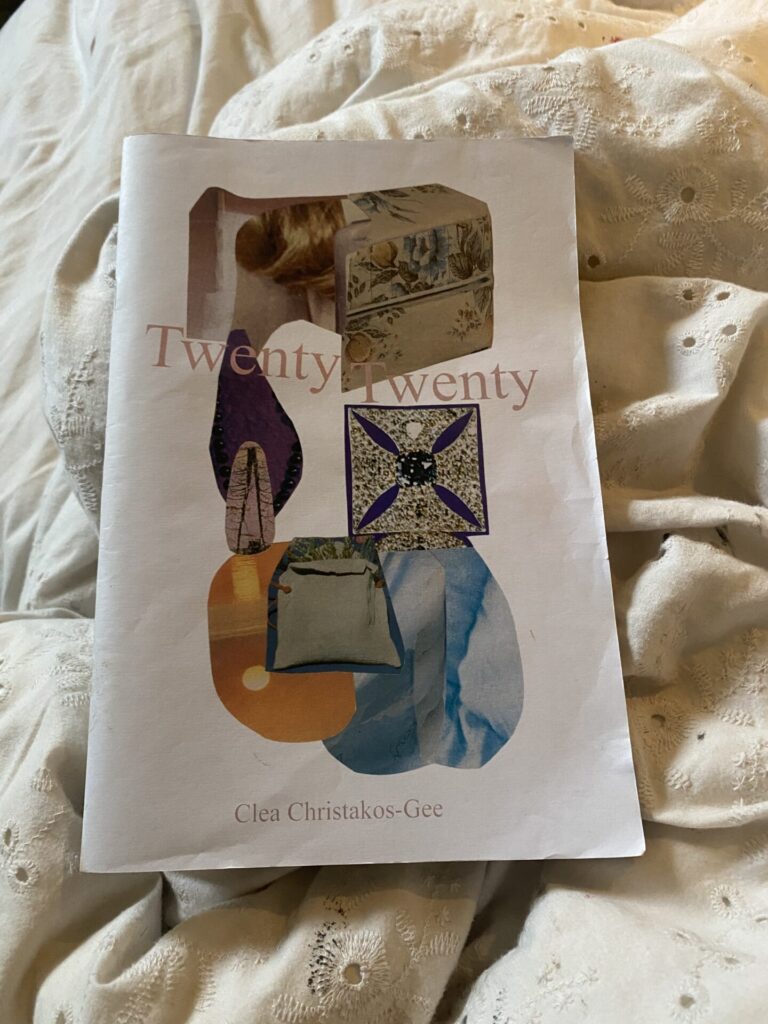
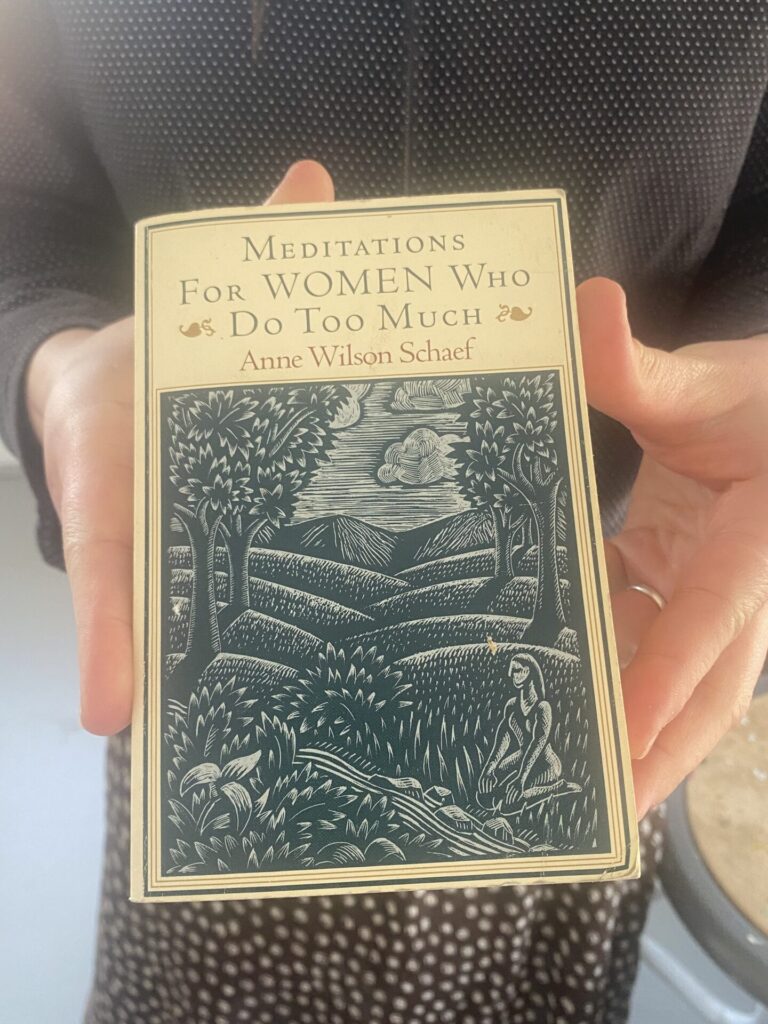
Tattoo Party 🥳
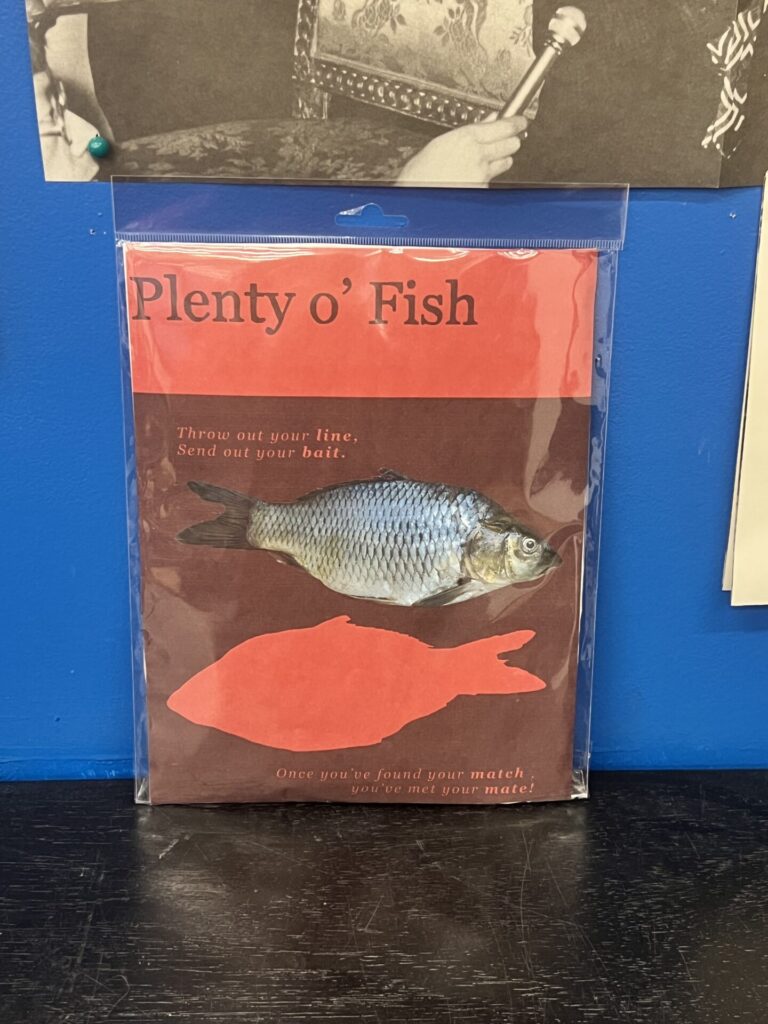
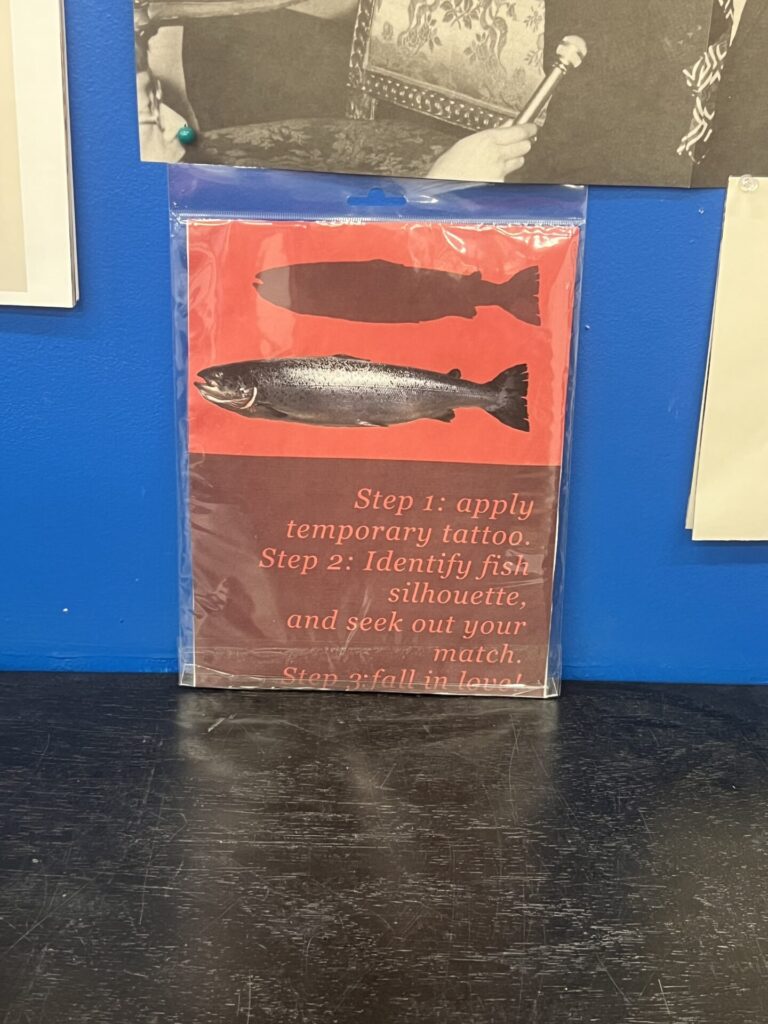
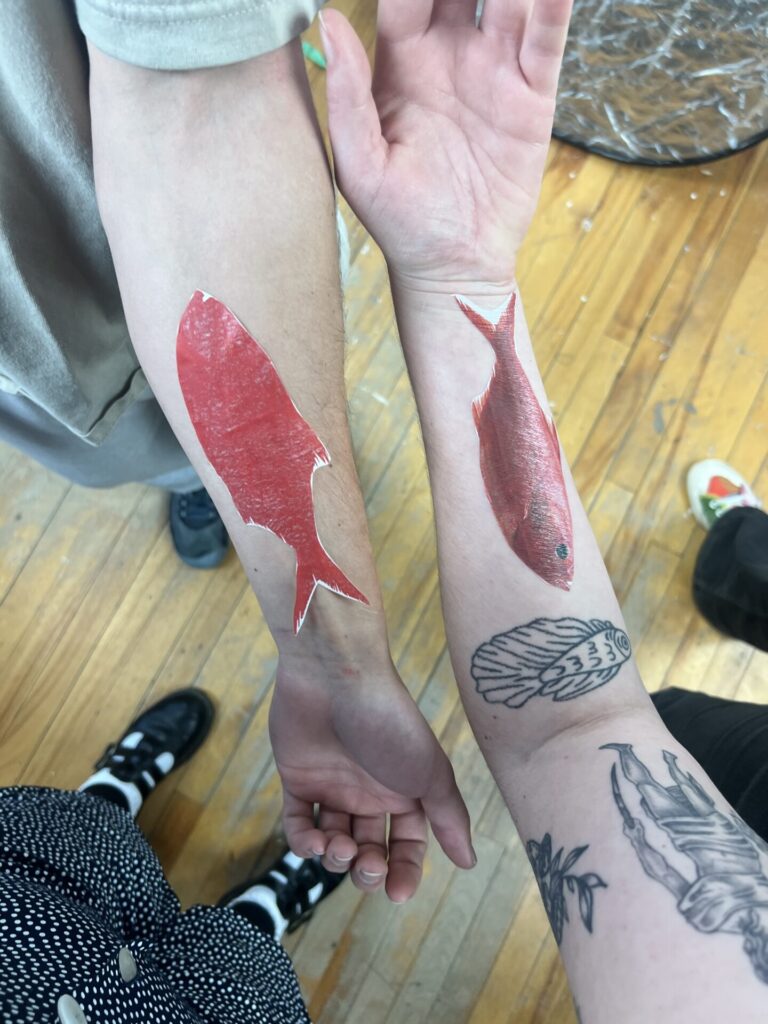

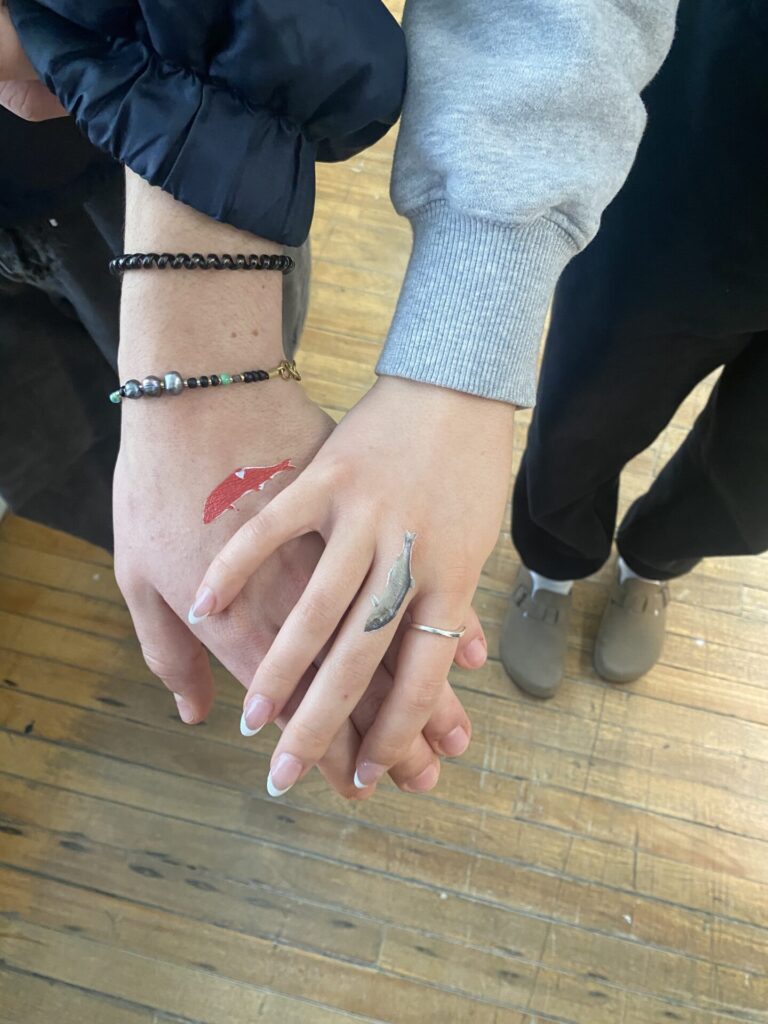
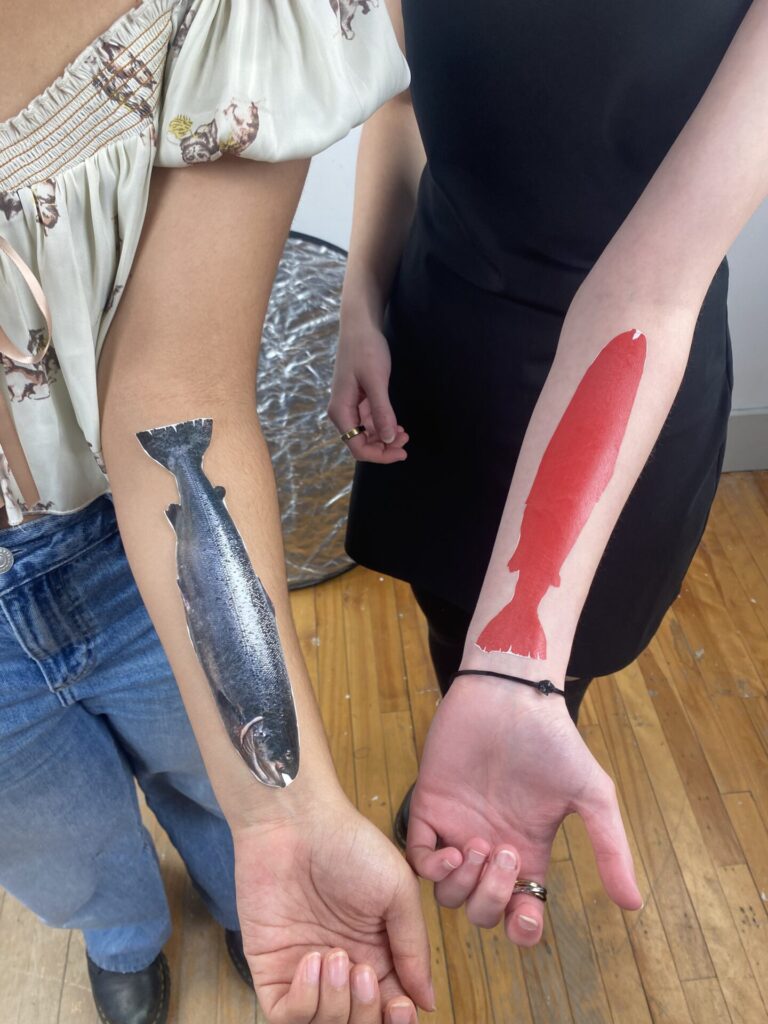
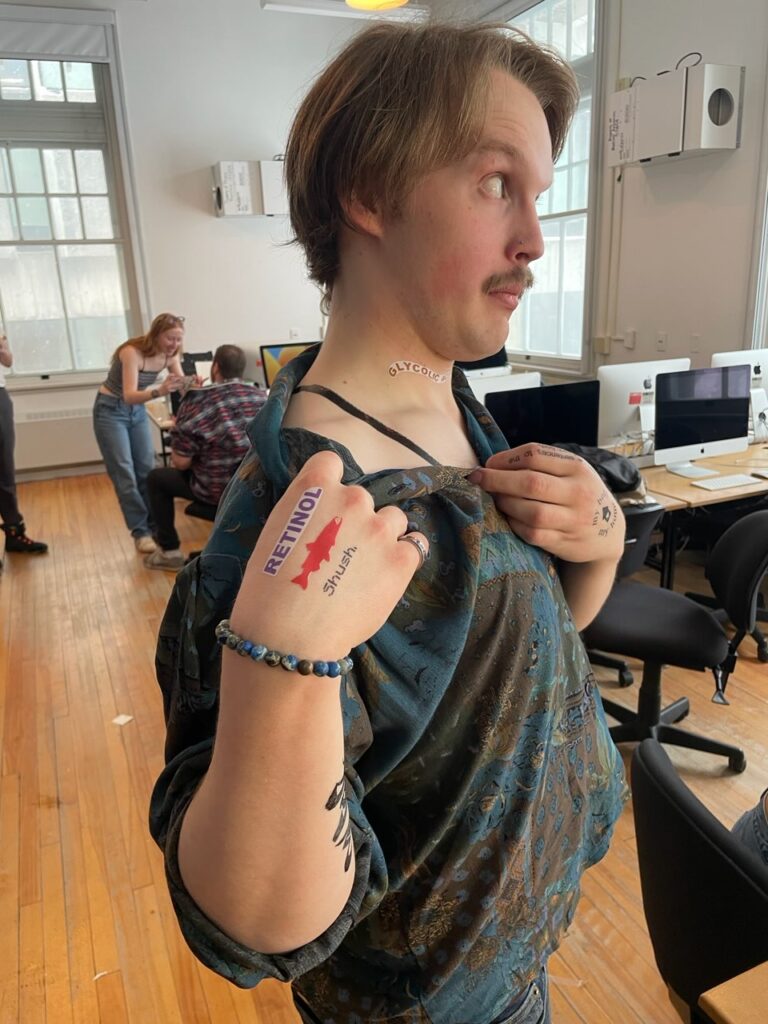
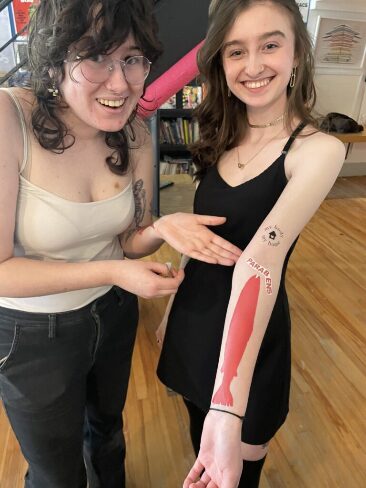
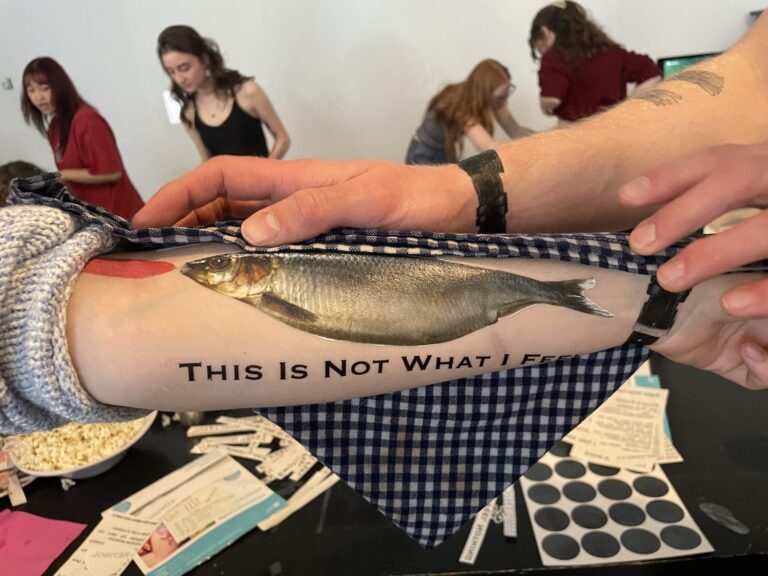
My contribution to the Tattoo Party Project was fish tattoos!
A play on the trope of men showing off their greatest catches to allure woman on dating apps. I call my game “Plenty O’ Fish”. The idea is that you get either an image of a fish or the red silhouette of a fish. Once you find your matching image you’ve found your “fish soulmate”.
As a 22 year old young woman who has been in a loving committed relationship since I was 17 years old, I haven’t had a ton of personal experience with traditional dating. Although I would be lying if I said I’ve never been curious, myself and my partner have both agreed that we would regret losing what we have much more than the greener grass we might find on the other side. I grew up with older sisters who I watched gossip all the time about boyfriend drama and hot dates. I think that the way I admired my sisters and envied their “grown up” dating lives, full of drama, yearning and elaborate dress up, always made me look forward to ✨casual dating✨ when I was a little girl. Having heard the full stories from their perspective with fresh eyes as a young adult now however… I don’t think I was or am completely missing out. Love is hard, but the road to get there is not for the faint of heart. Nonetheless I still love the idea of soulmate hunting! I am always trying to set my friends up to no avail. (Thus resulting in many friends who now refuse to be set up by me ever again! I am worse than Emma.) I suppose this project is a manifestation of my childhood and current fascination with romance, casual dating and really all the stuff from Sex and the City that I am so naive about. Thank god for my greatest stroke of luck: Benedict Hobson who I very much believe to be my family, the love of my life, and my soulmate. I hope one day I end up in someone’s wedding speech for finding them the love of their soulmate. For now I can only hope to find ones matching fish….
In conclusion, Fish! Beautiful, nourishing, hard to catch. As is love.
